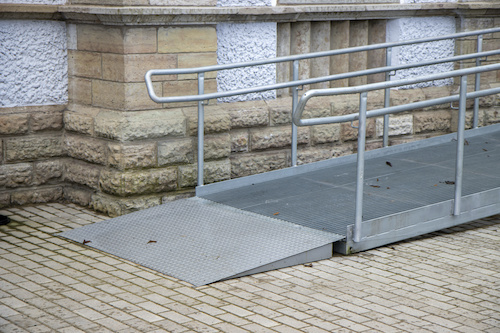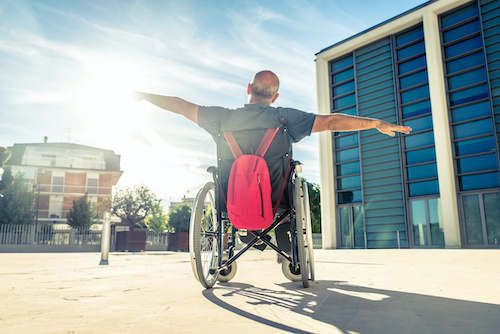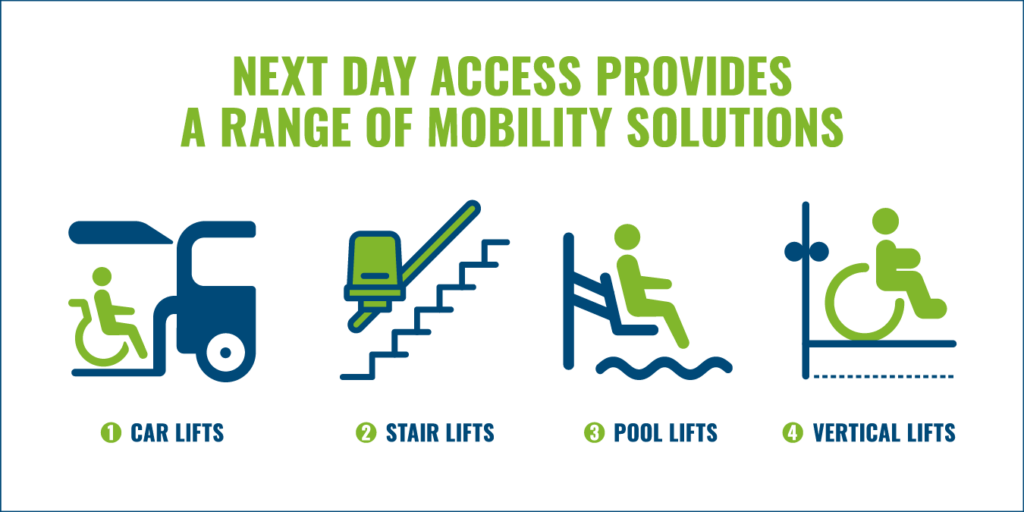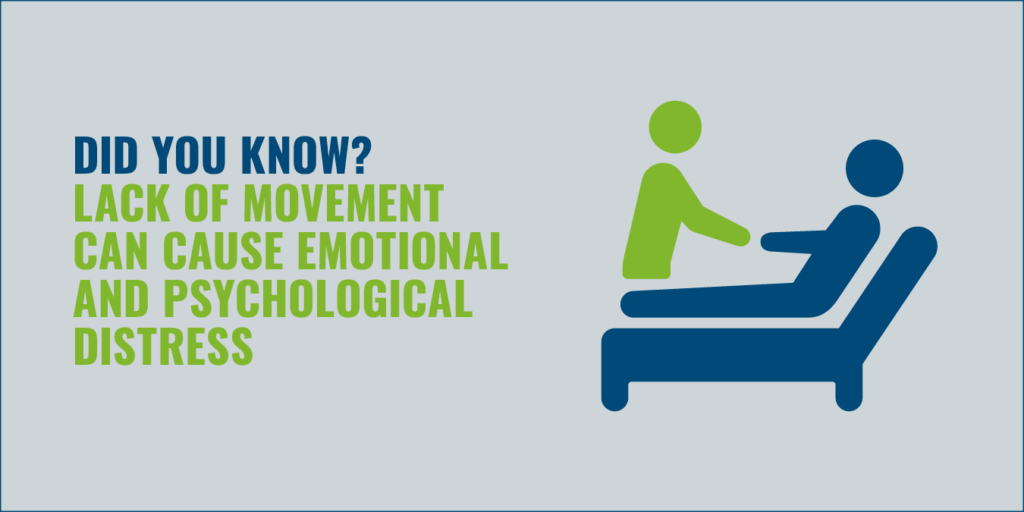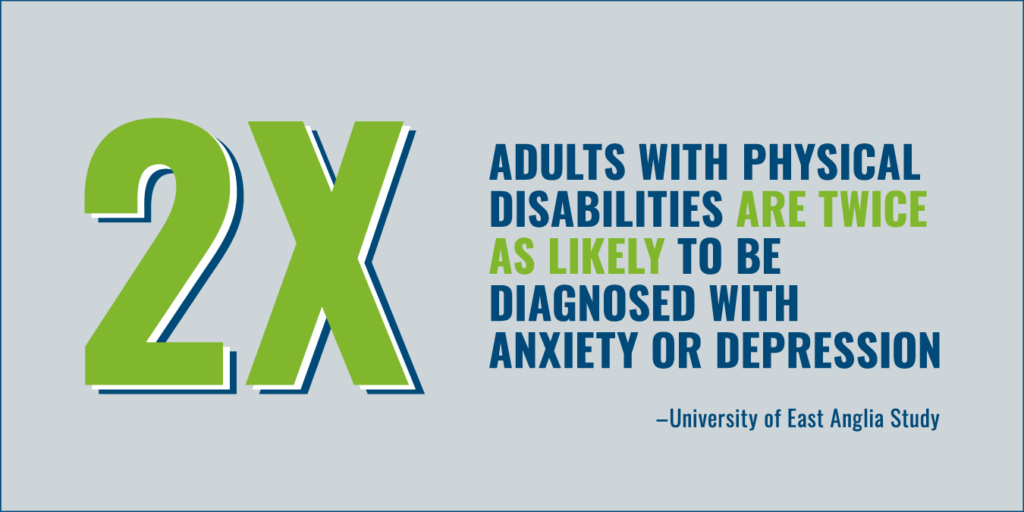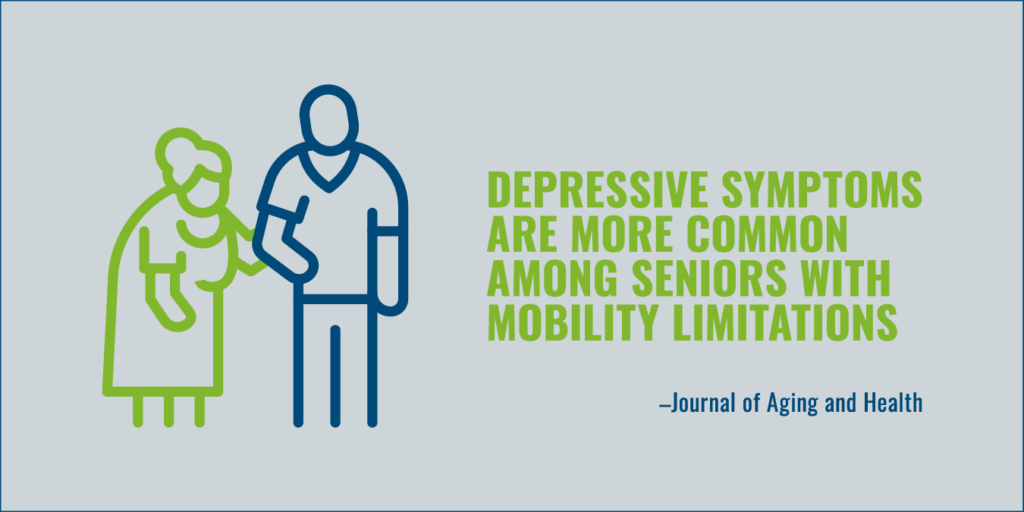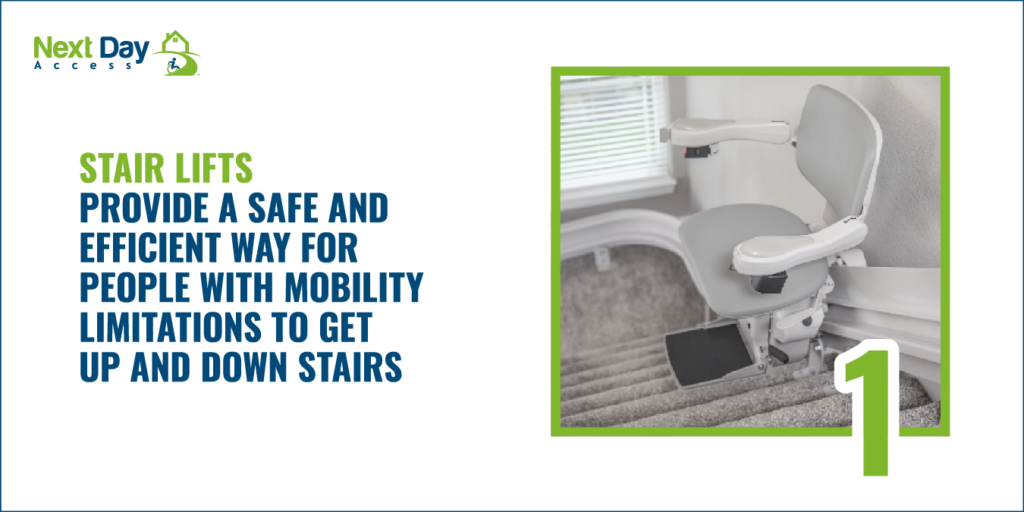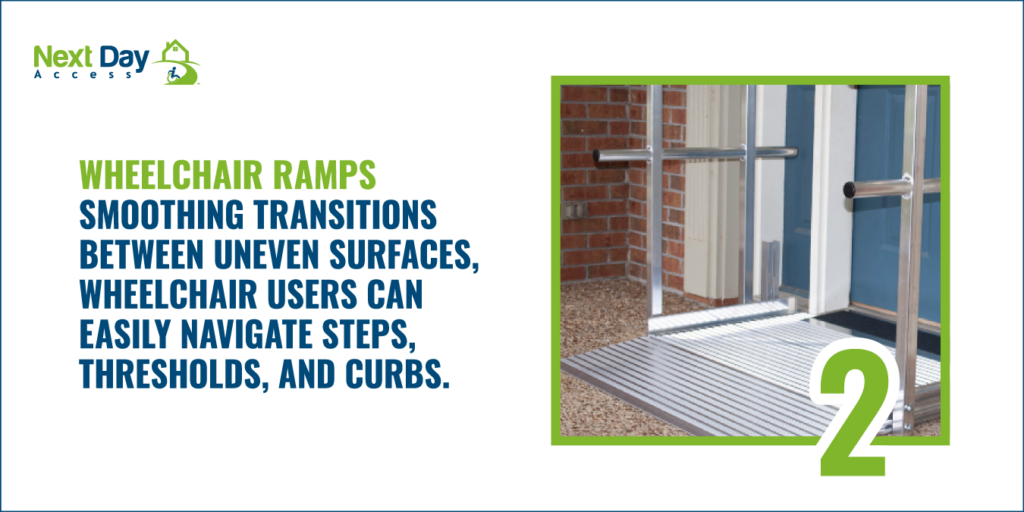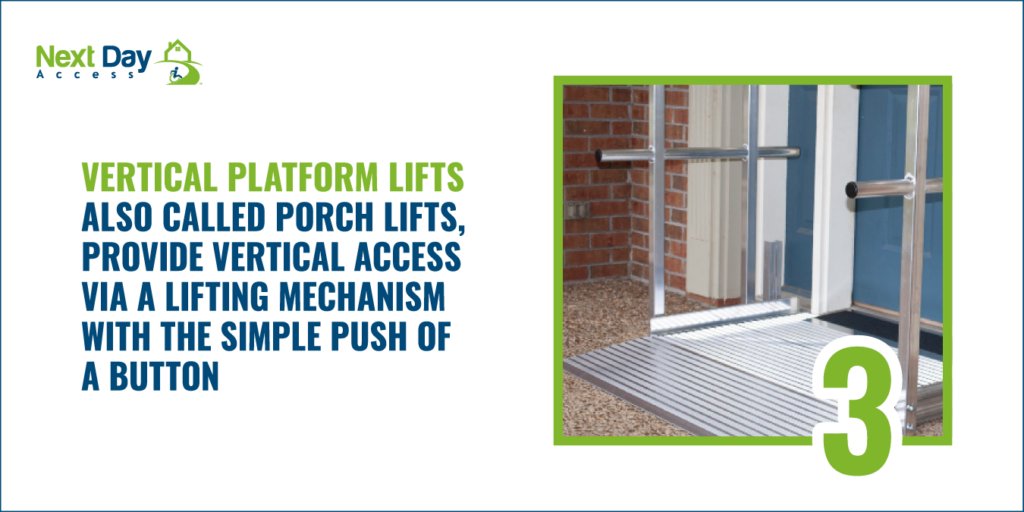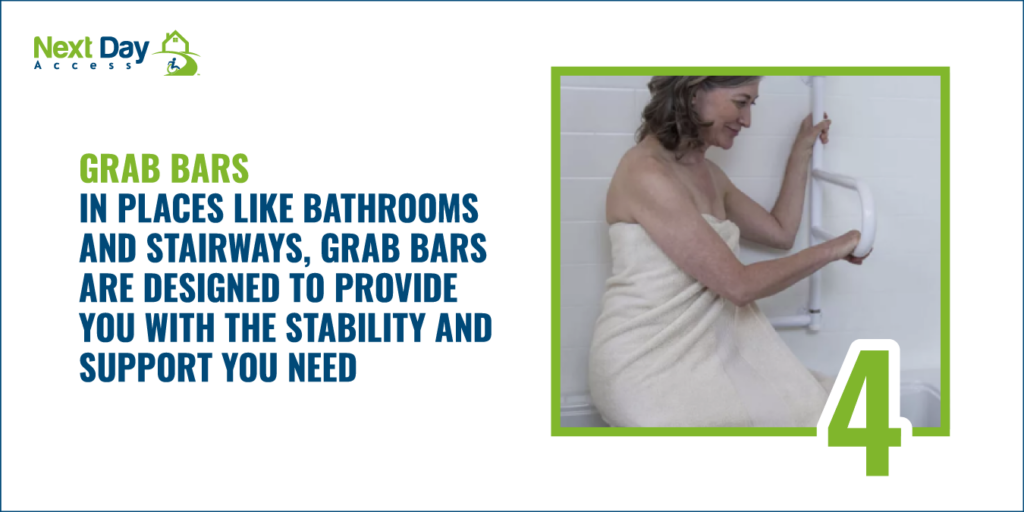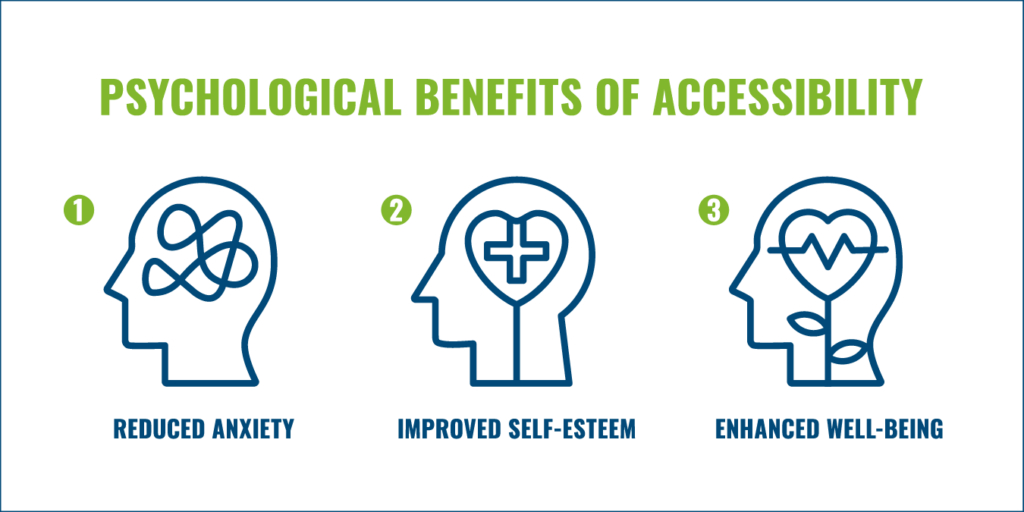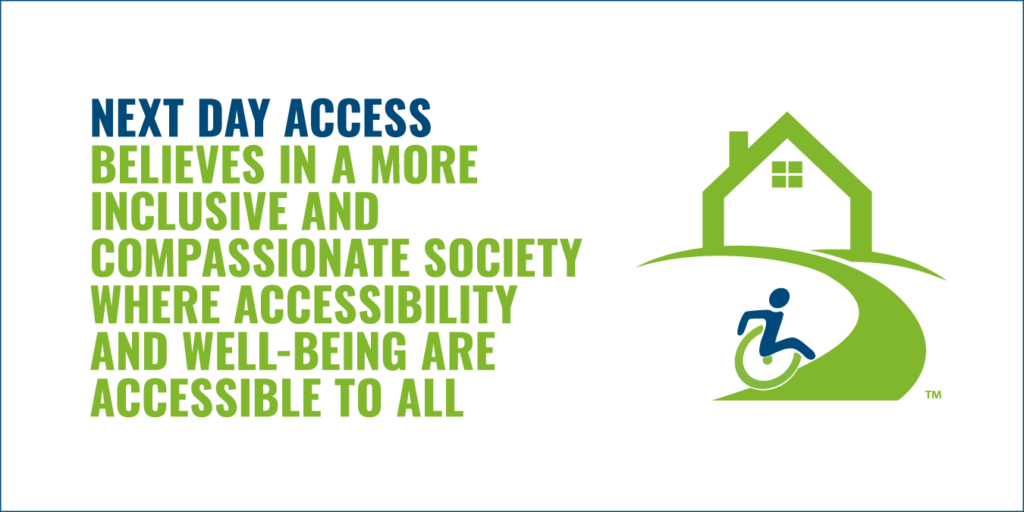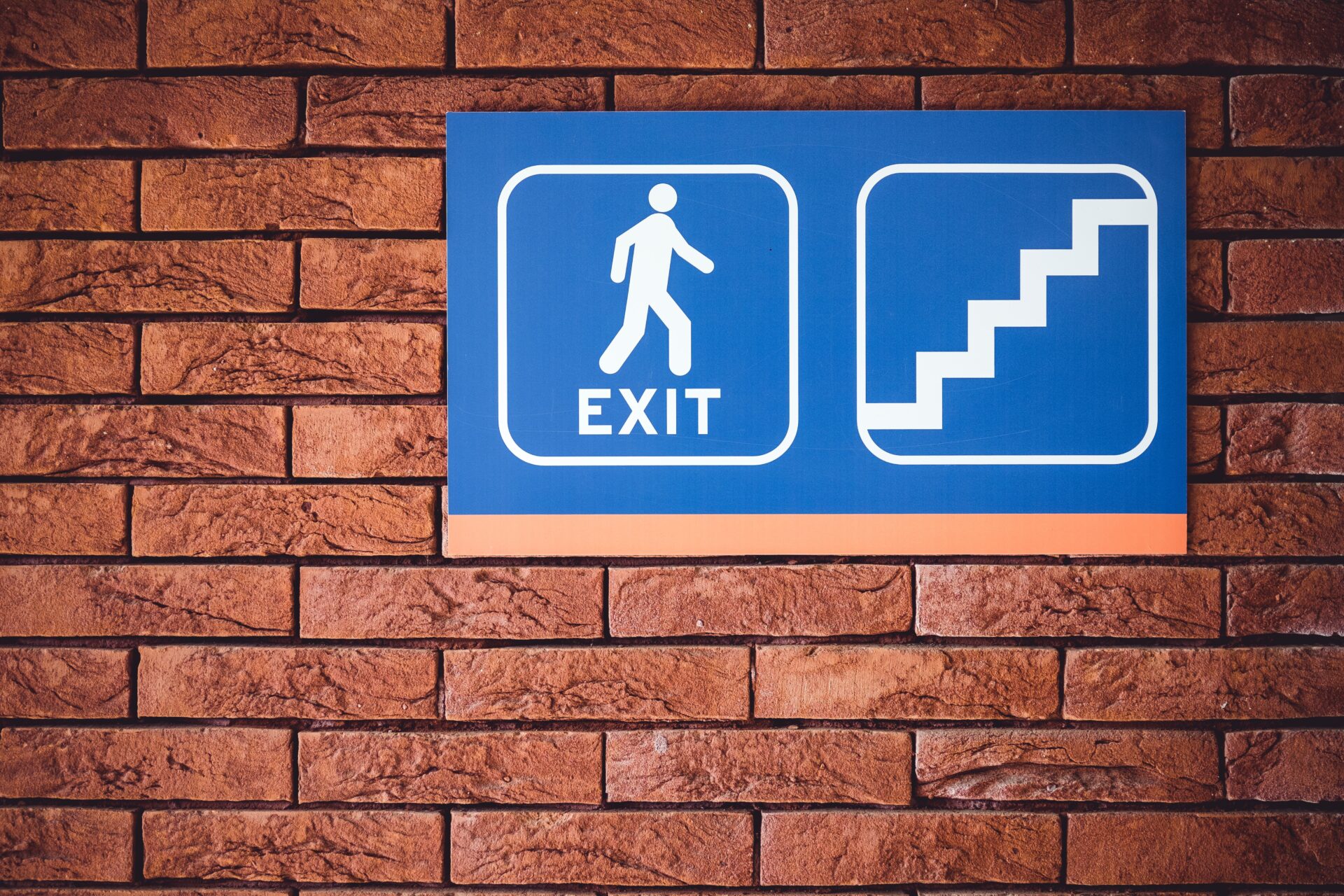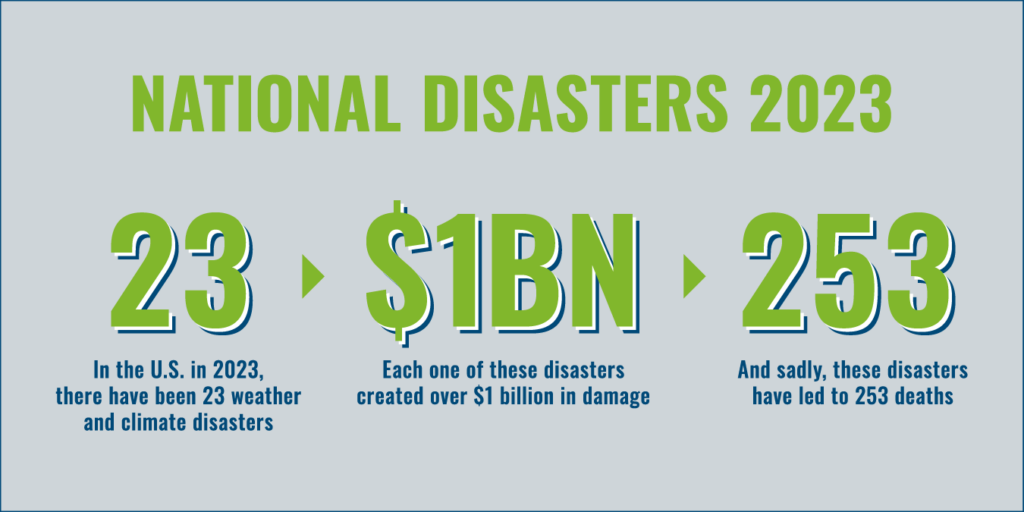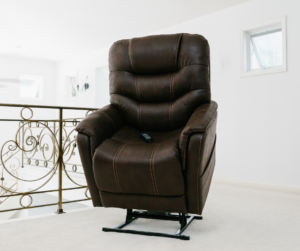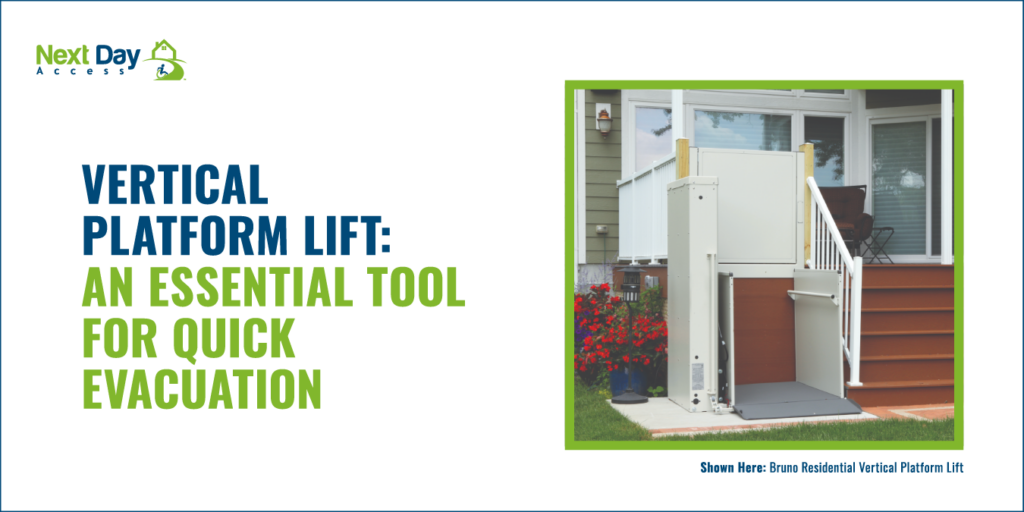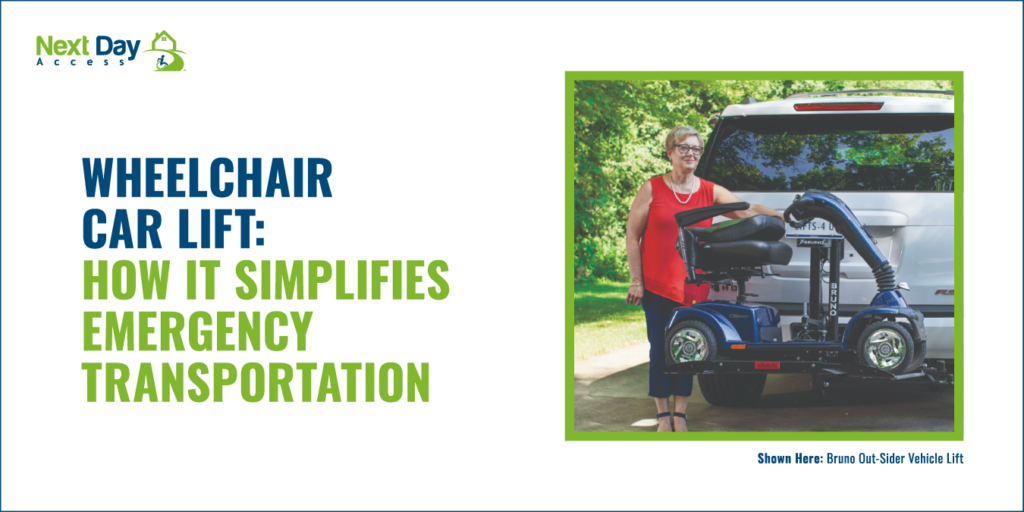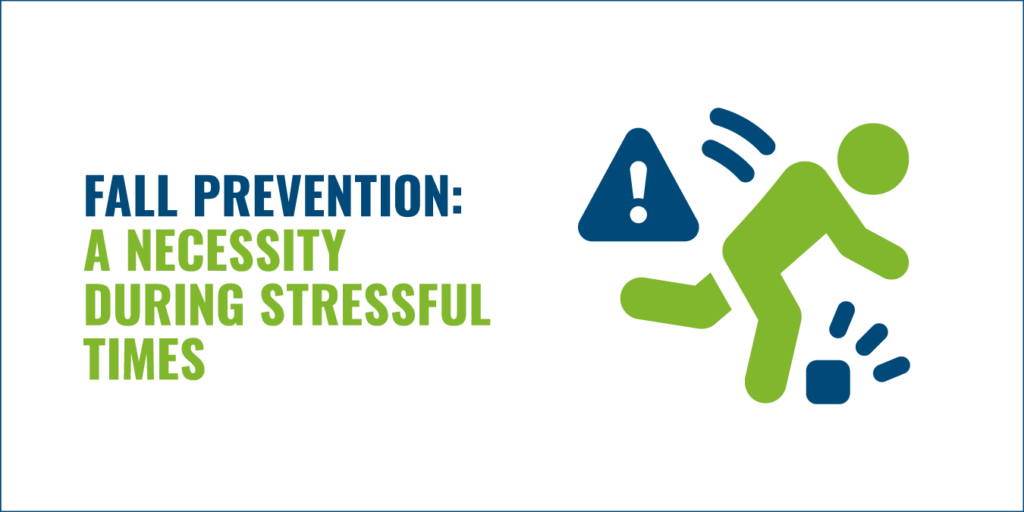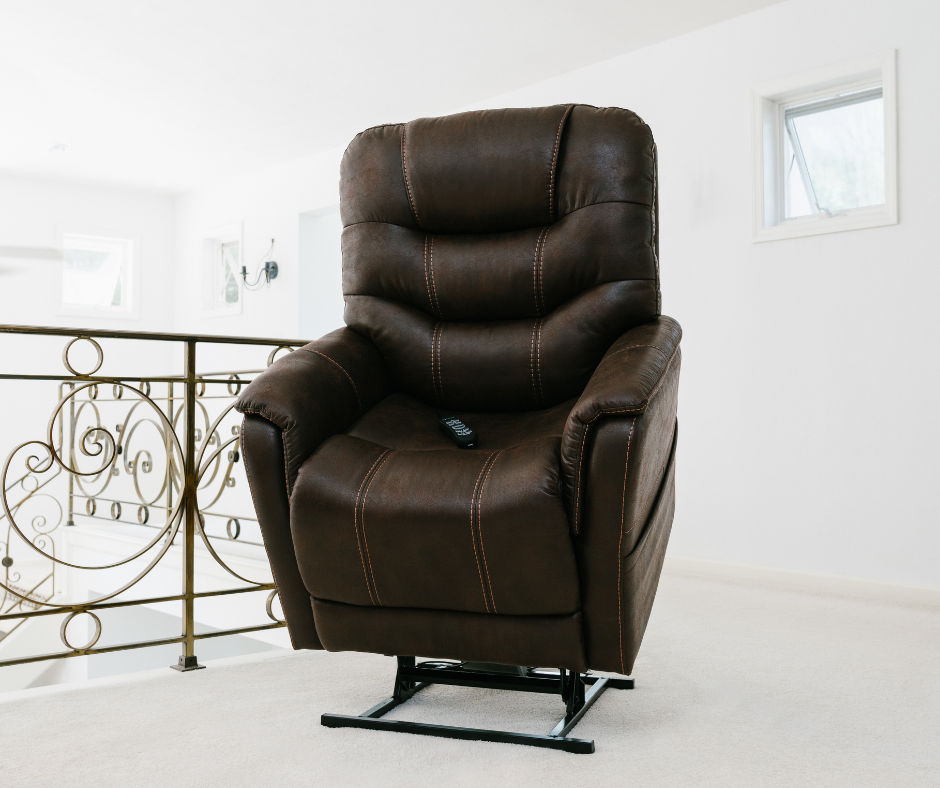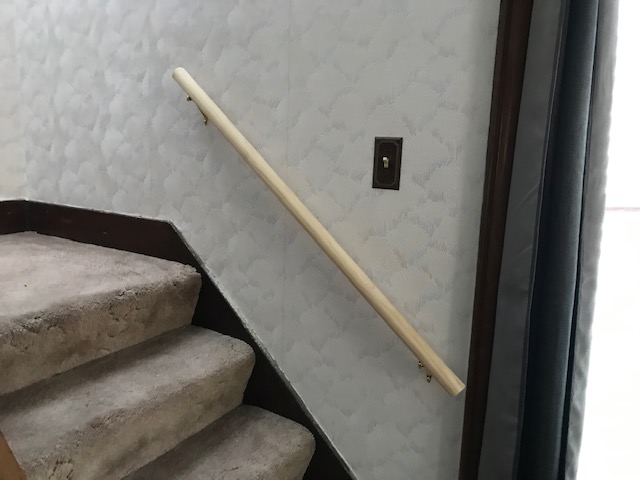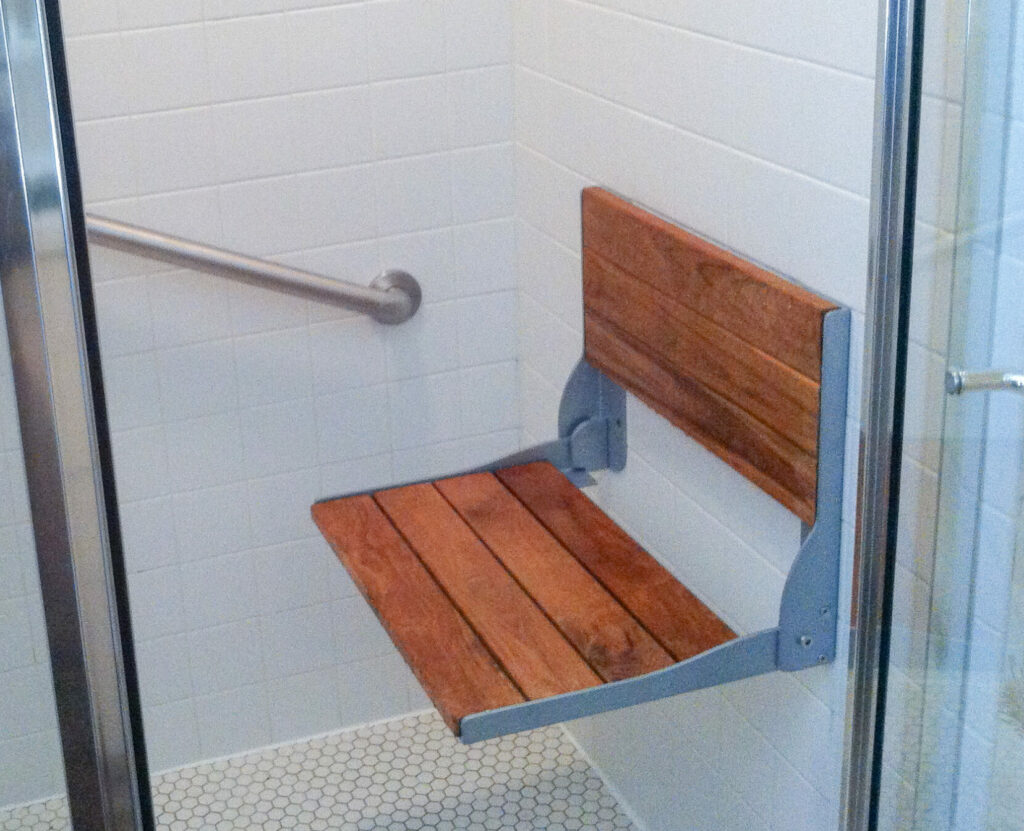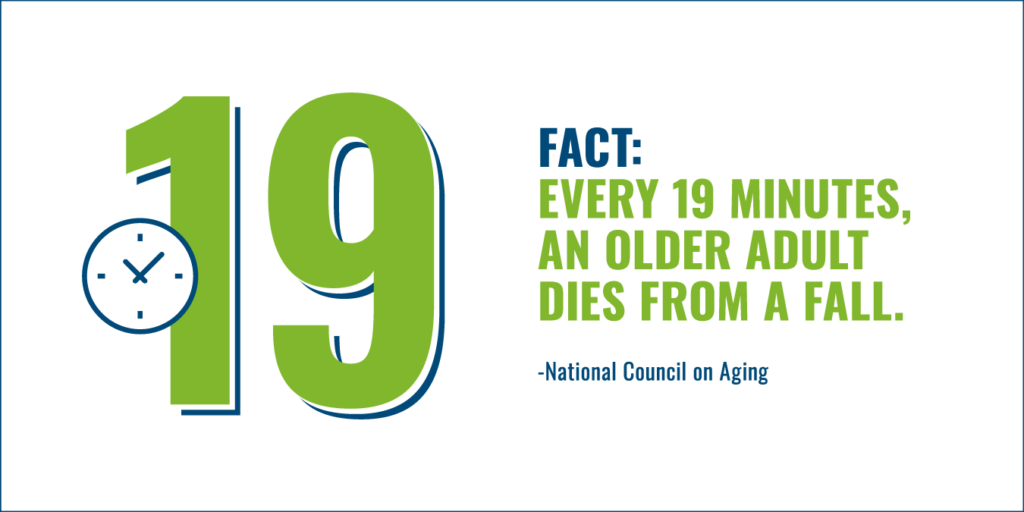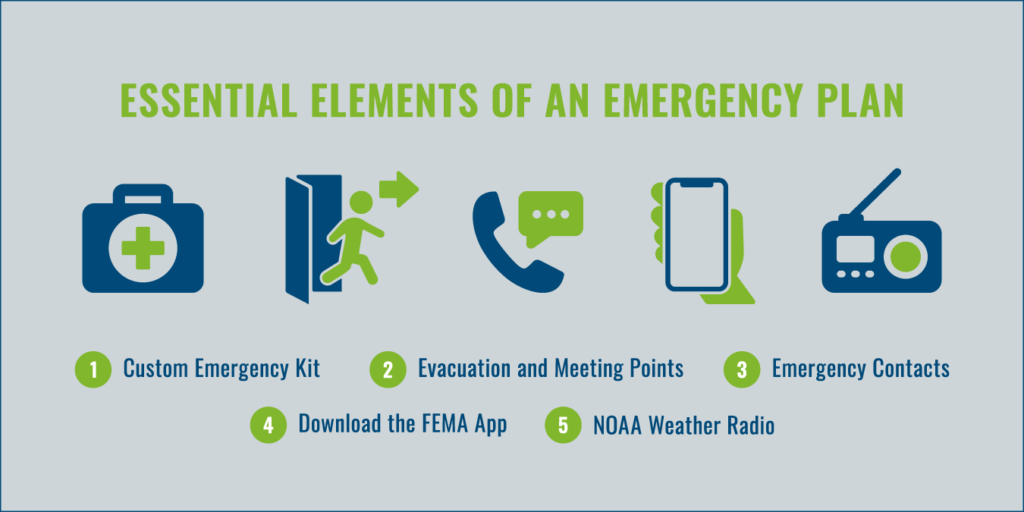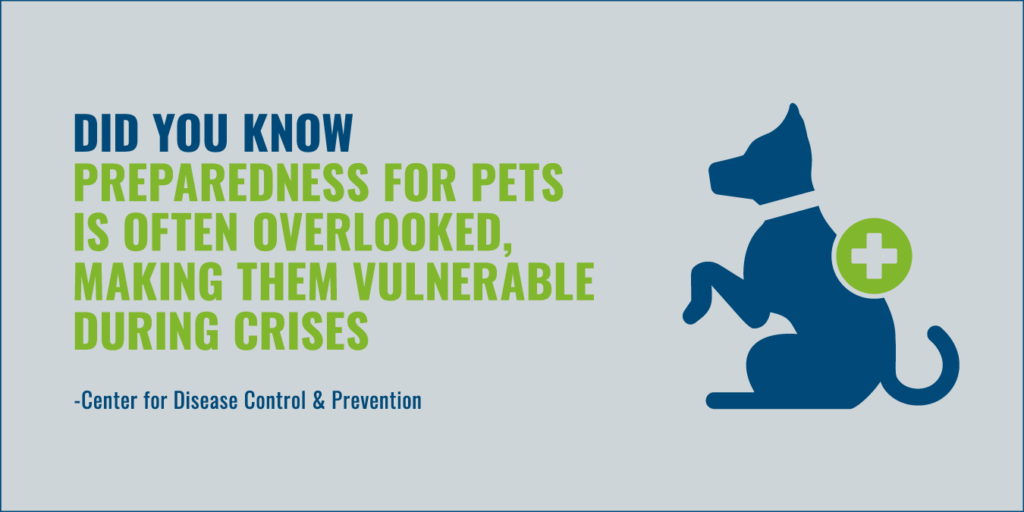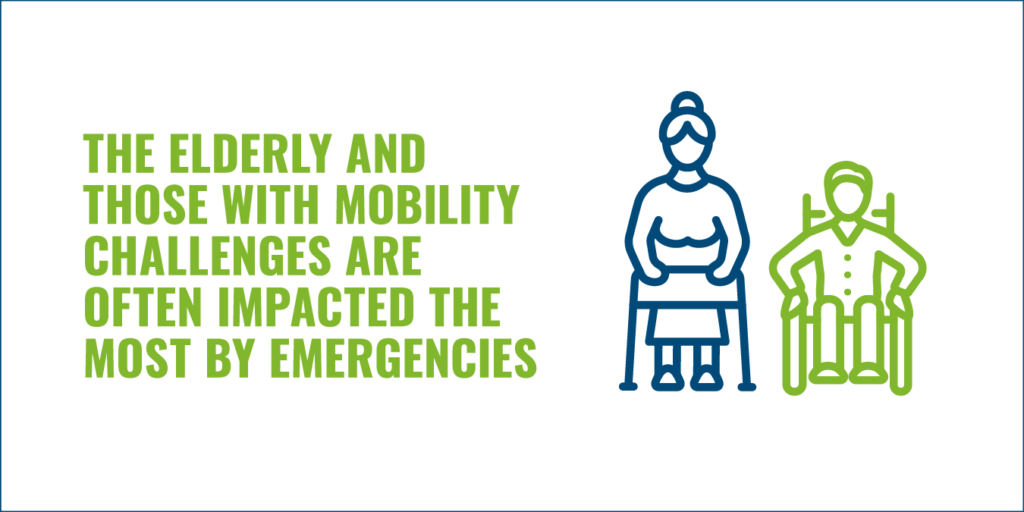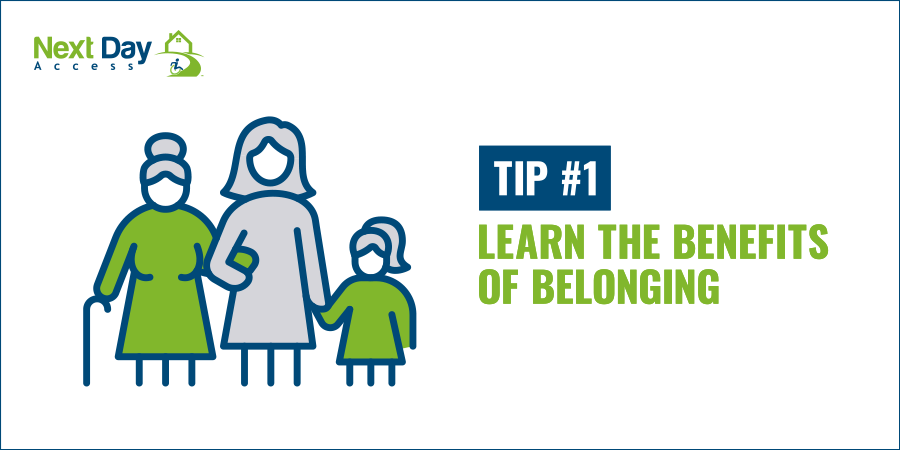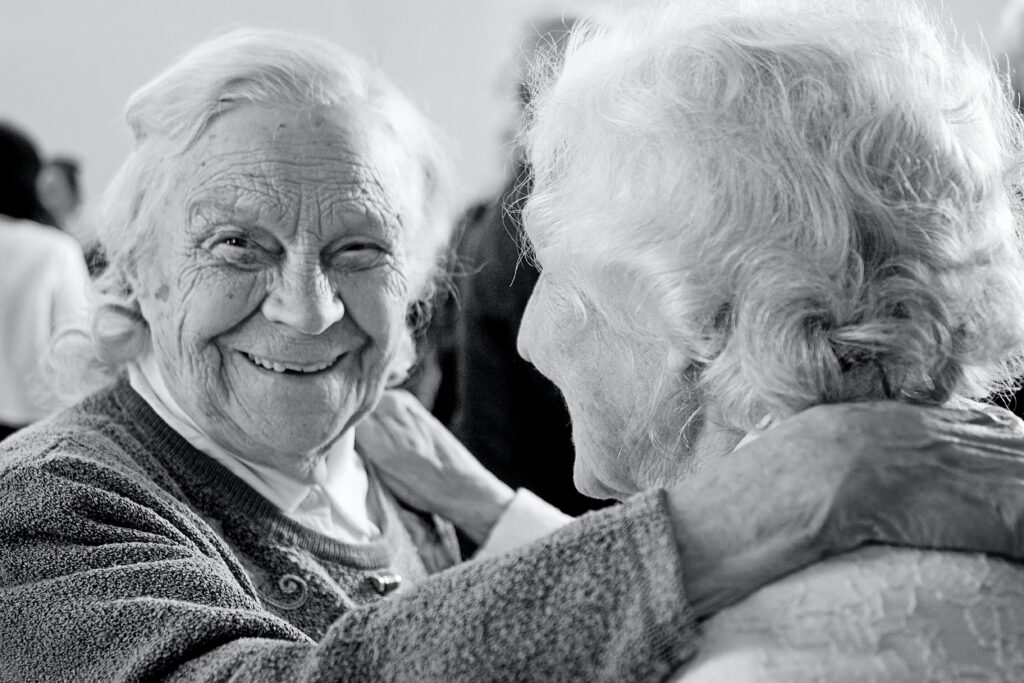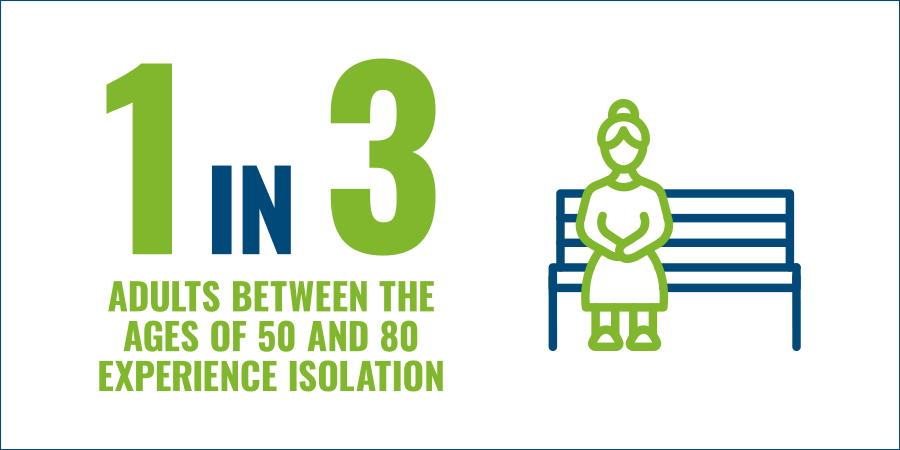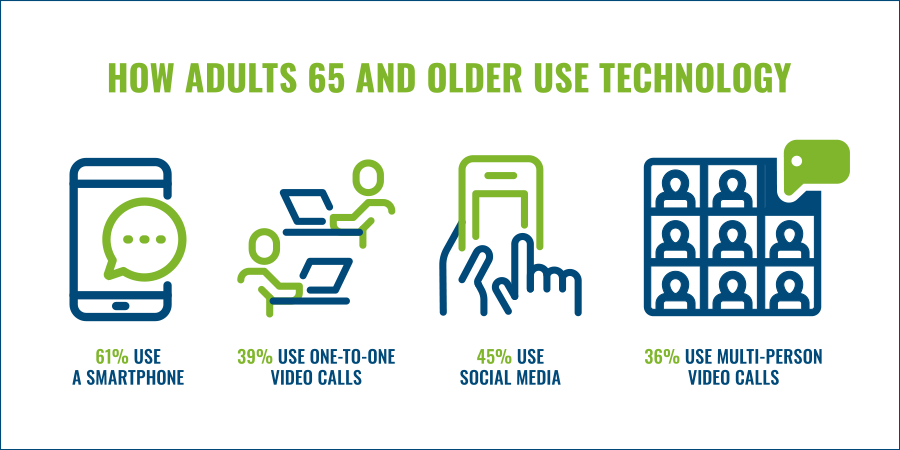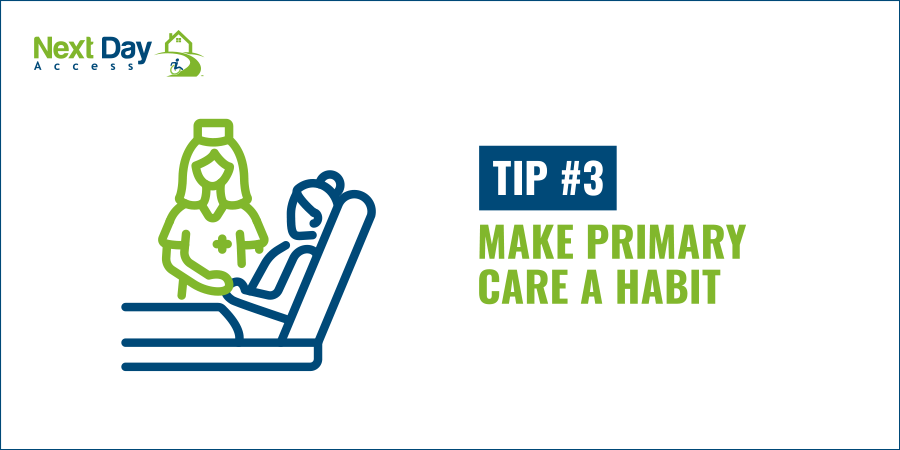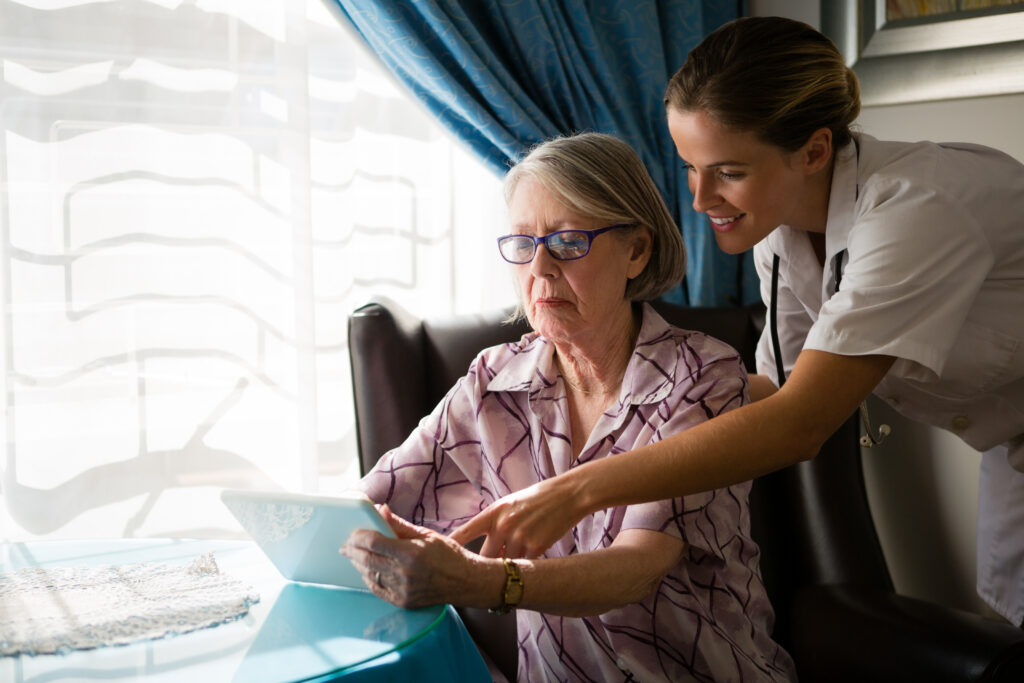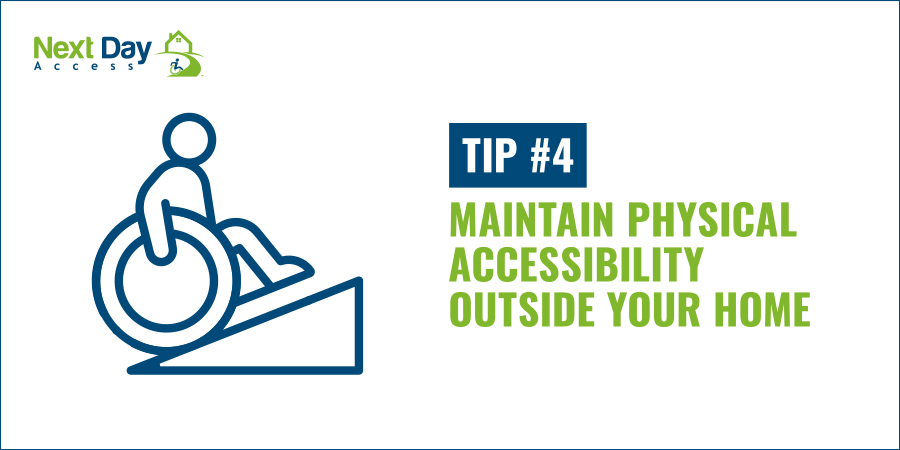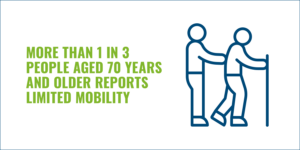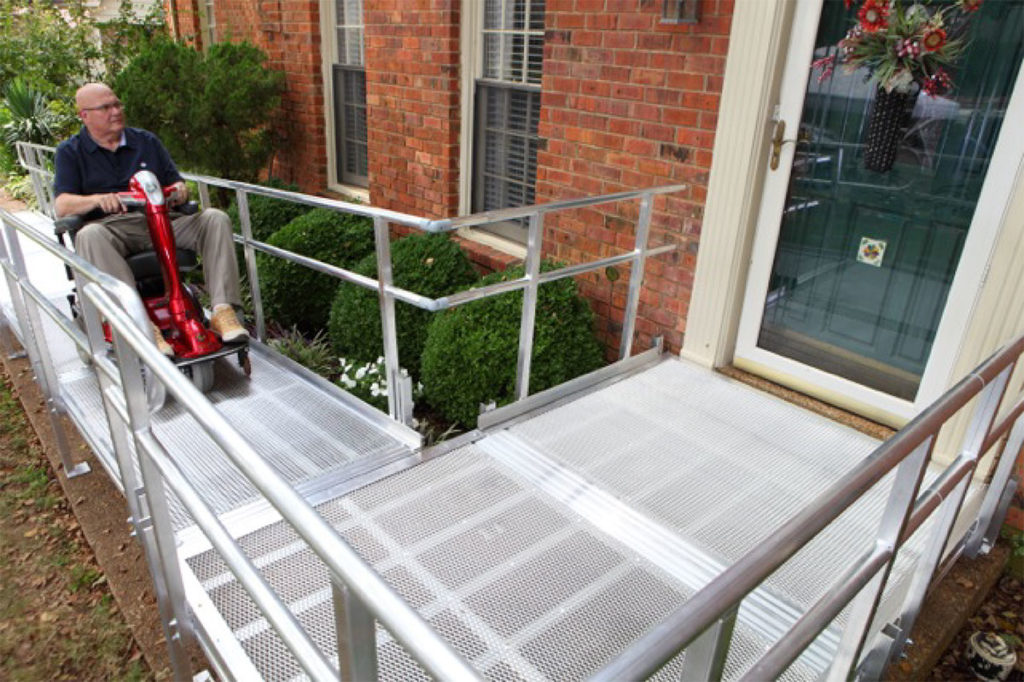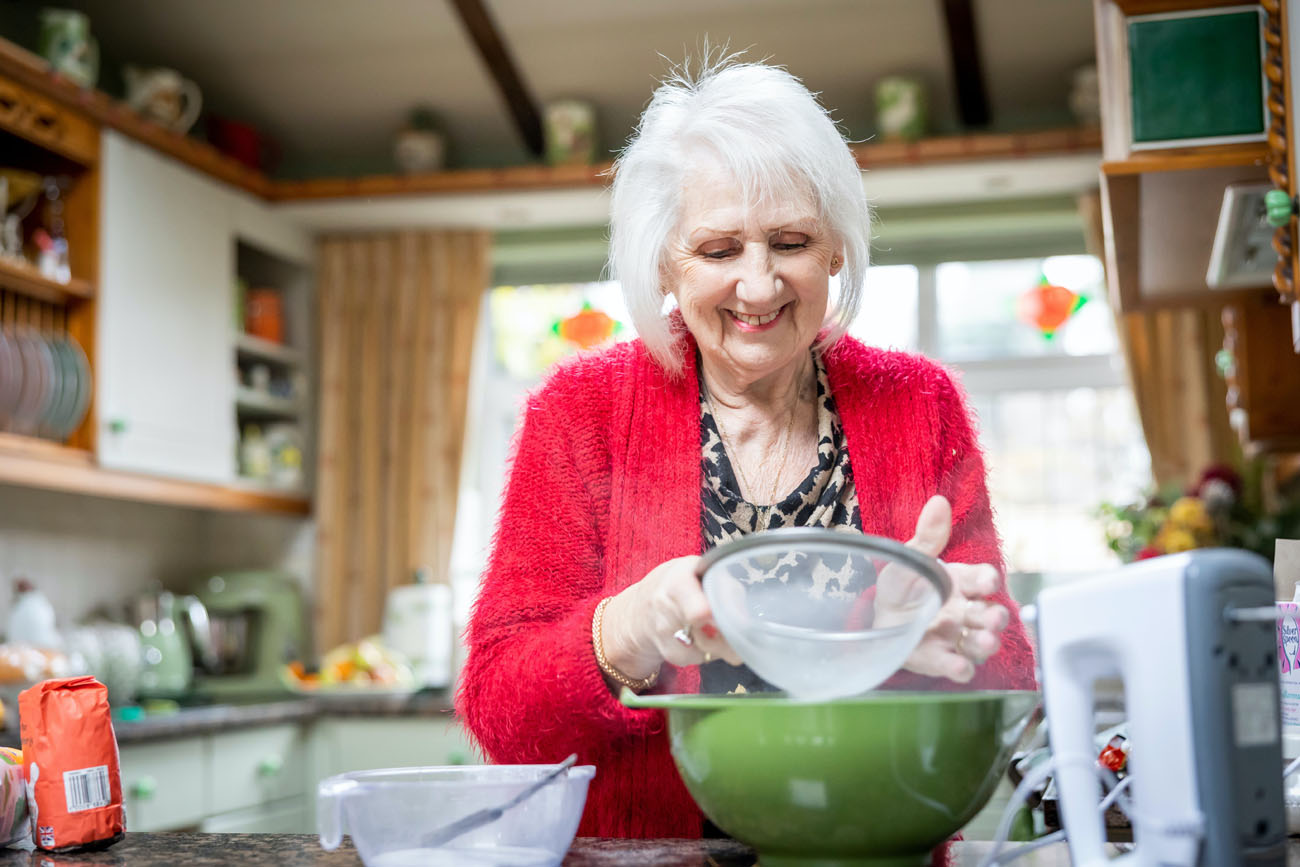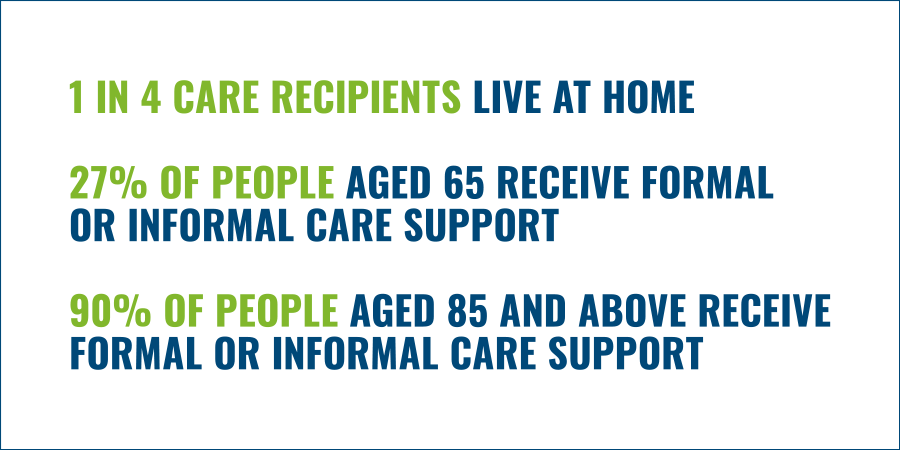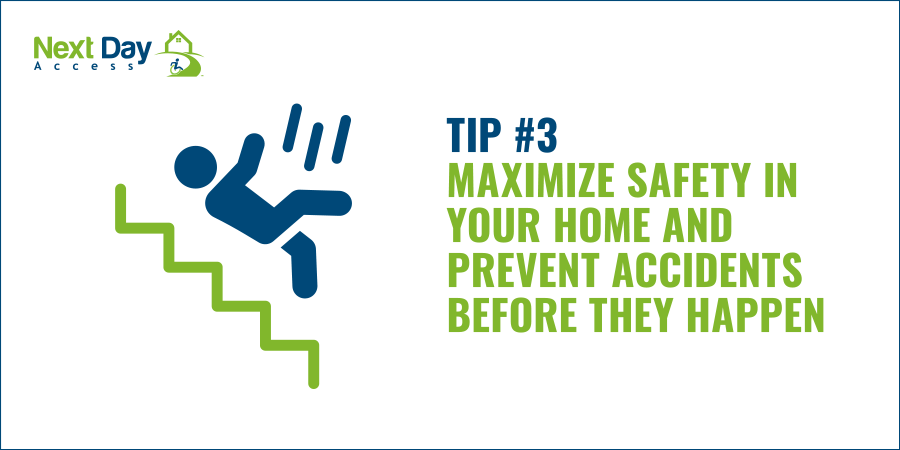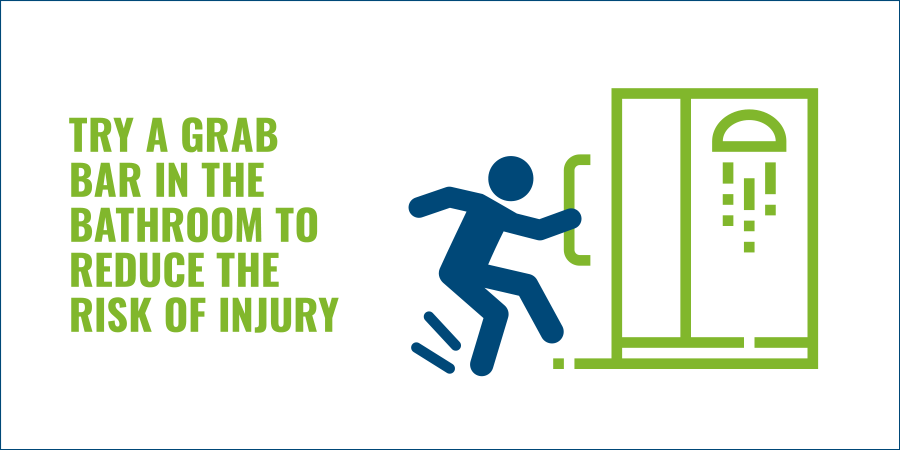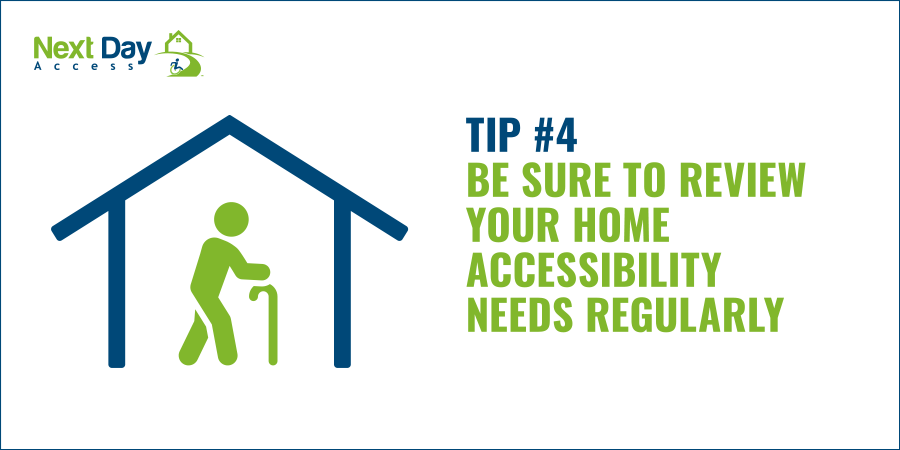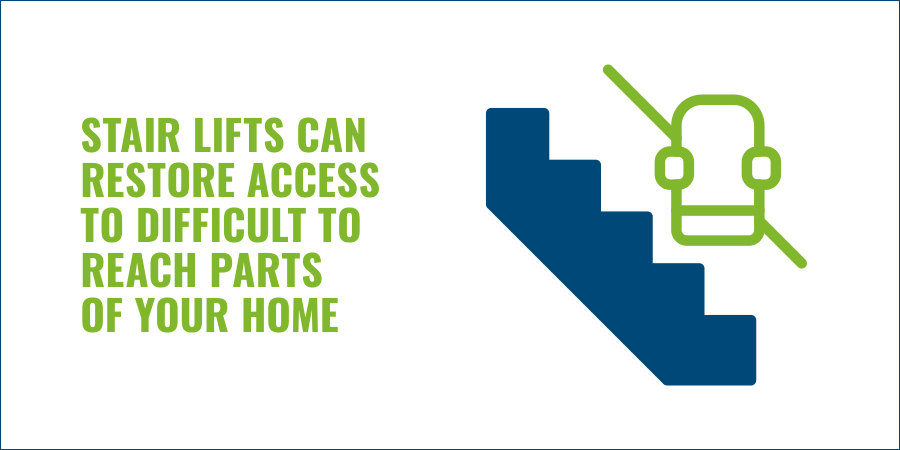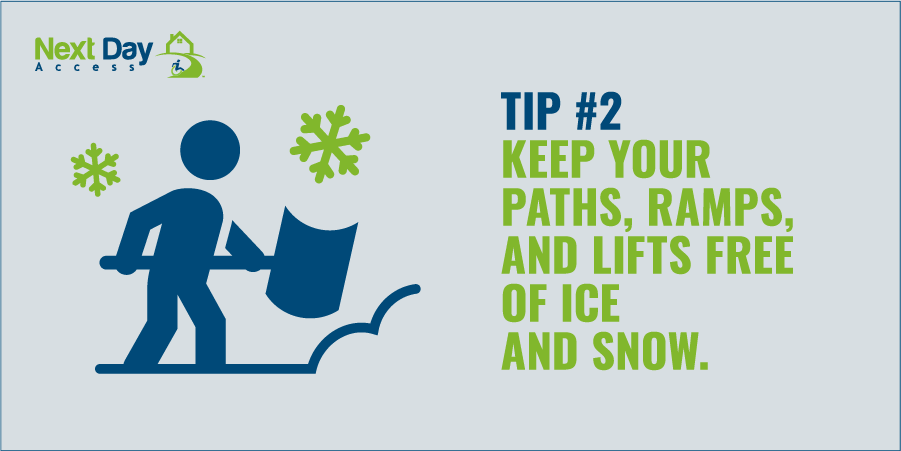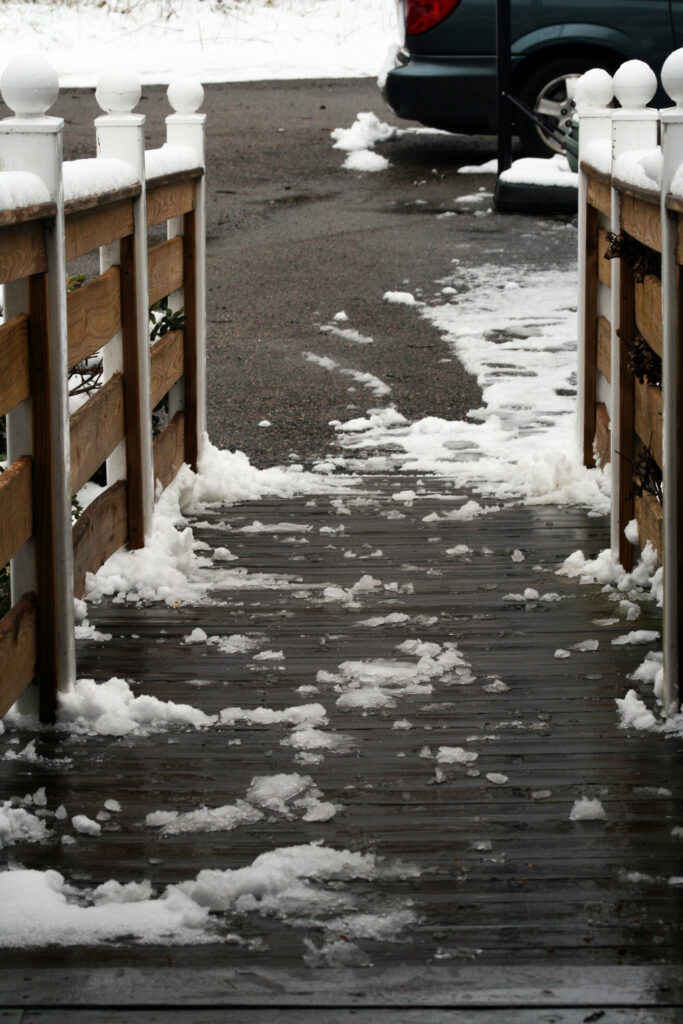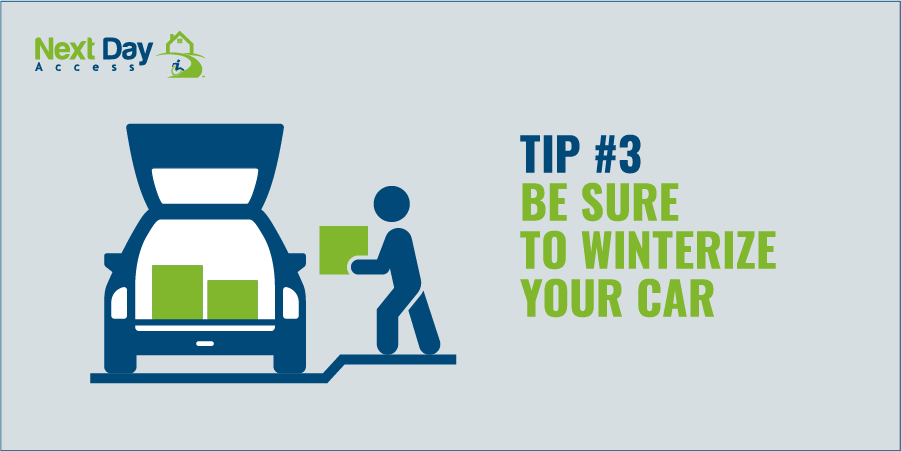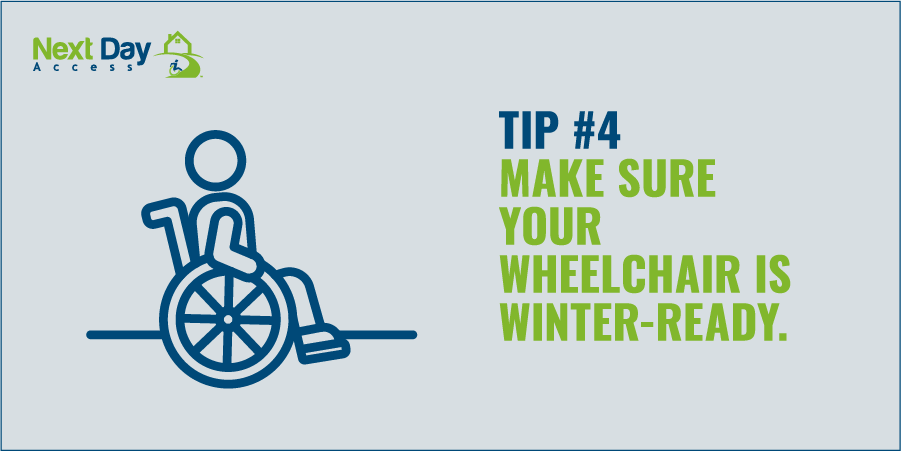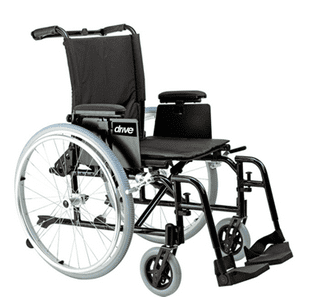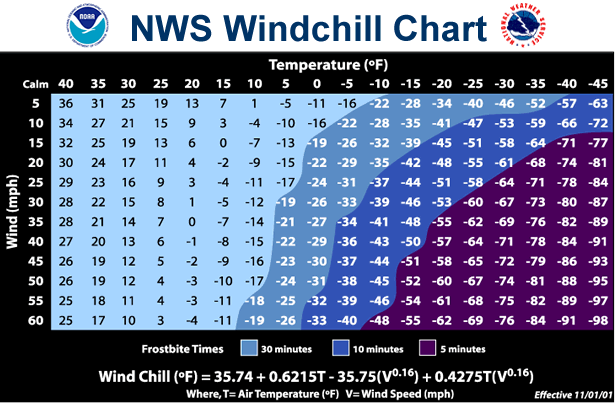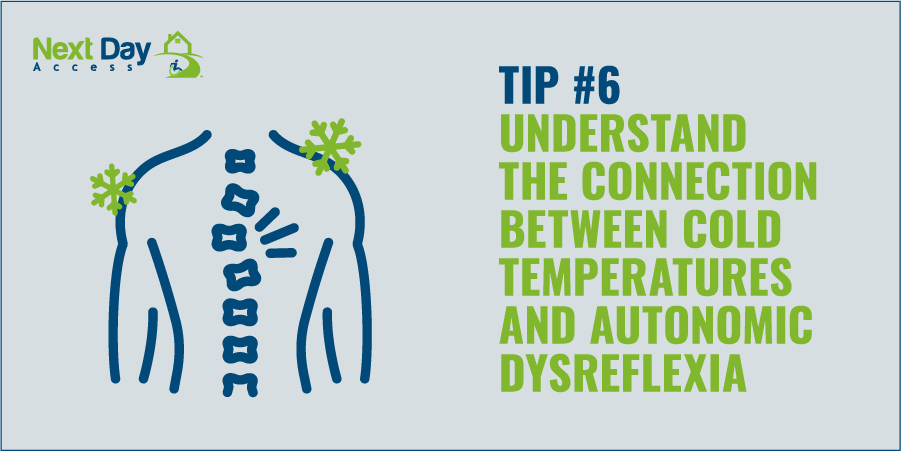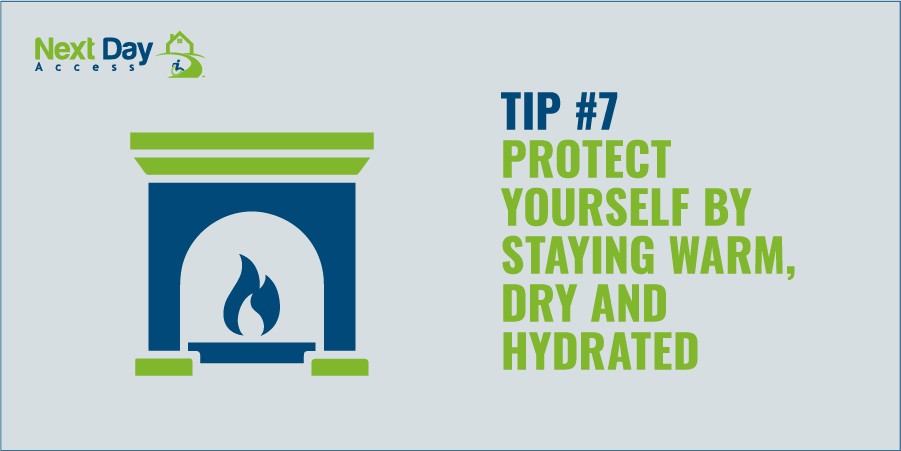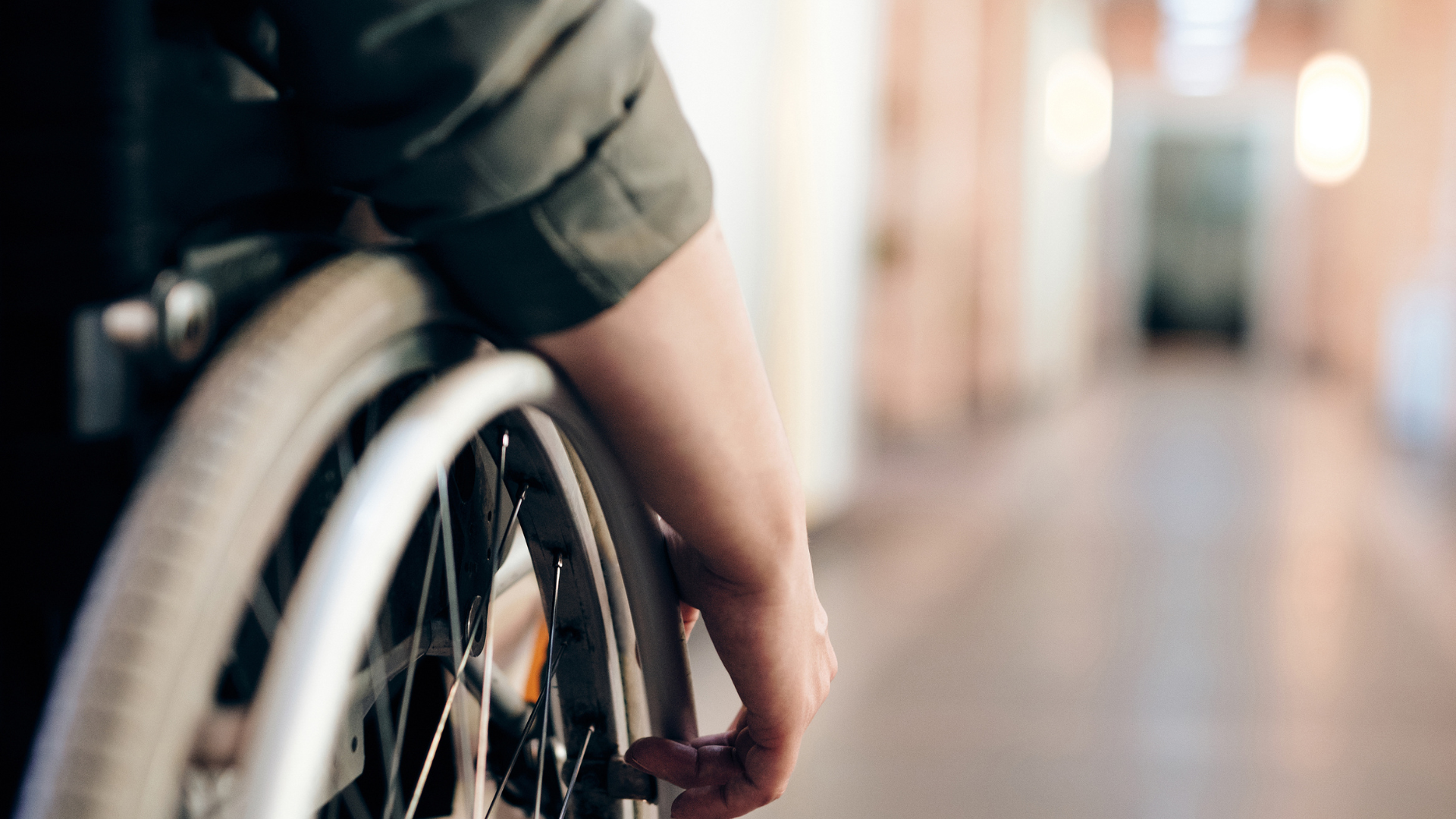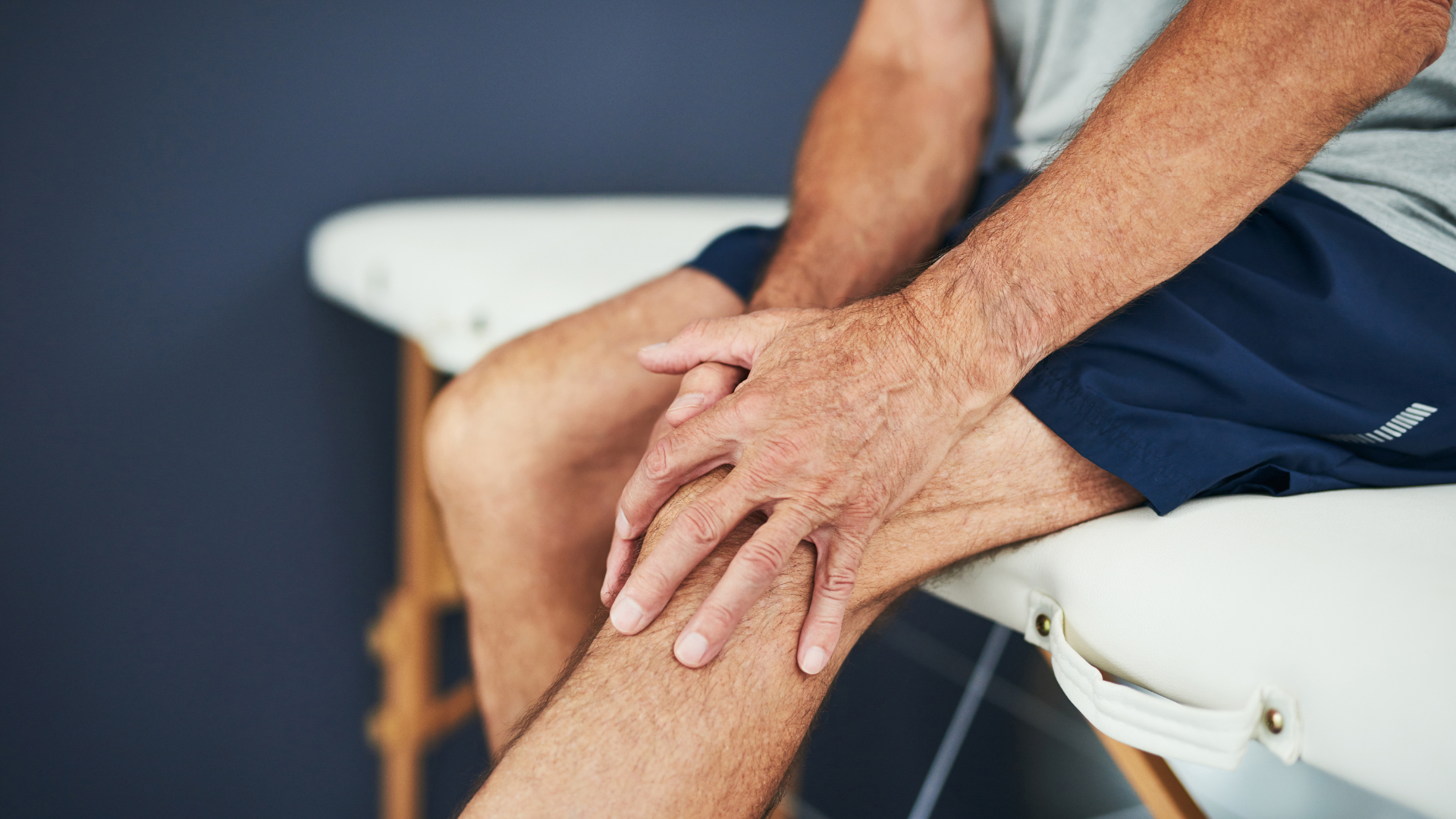
In today’s world, inclusive design in public spaces is not just a trend; it’s a necessity. These spaces, ranging from parks to retail storefronts, play a pivotal role in our communities. They are the arenas where social interactions flourish and communal bonds strengthen.

However, to truly harness their potential, we must design these spaces with everyone in mind. Inclusive design ensures that public spaces provide accessibility solutions to the diverse needs of the entire community.
Geographic Accessibility Standards
Around the world, countries are taking different steps to make public spaces more inclusive. In Canada, the Accessibility for Ontarians with Disabilities Act (AODA) sets rules to make sure businesses and retail spaces are open to everyone, including those with disabilities. These rules are similar to the Americans with Disabilities Act (ADA) in the United States. For example, the AODA requires that by 2025, every public place in Ontario must be accessible. This includes their physical layout, how they serve customers, and their hiring practices.
Ontario has been a leader in setting strict accessibility standards for businesses. The creation of Accessibility Standards Canada (ASC) was a big move towards making national accessibility standards. ASC has many committees working on standards to break down barriers in various areas. While it’s initially optional to follow ASC’s standards, they often become required once they’re part of the law.
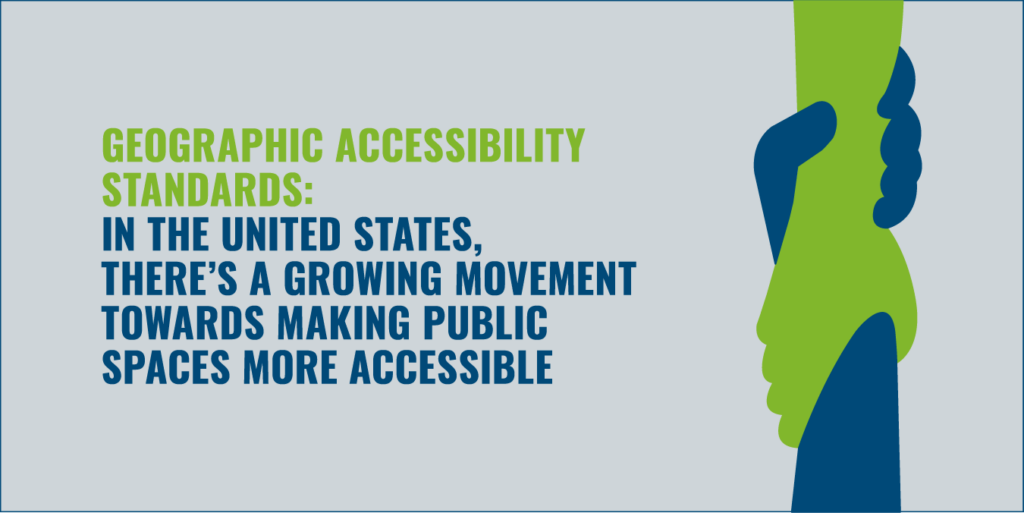
This approach in Ontario has become a model for others. In the United States, there’s a growing movement towards making public spaces more accessible. This change shows a wider understanding that accessible design is not just about meeting legal needs. It’s also about creating communities that are more inclusive, active, and full of life.
Incorporating Inclusive Design in Your Community
The significance of inclusive design becomes even more apparent when we consider public spaces for community engagement. Well-designed, accessible spaces invite participation from all community members, creating a sense of belonging and connectedness. They become places where barriers are broken down and inclusivity is celebrated. This encourages people from all walks of life to come together, interact, and engage with one another.
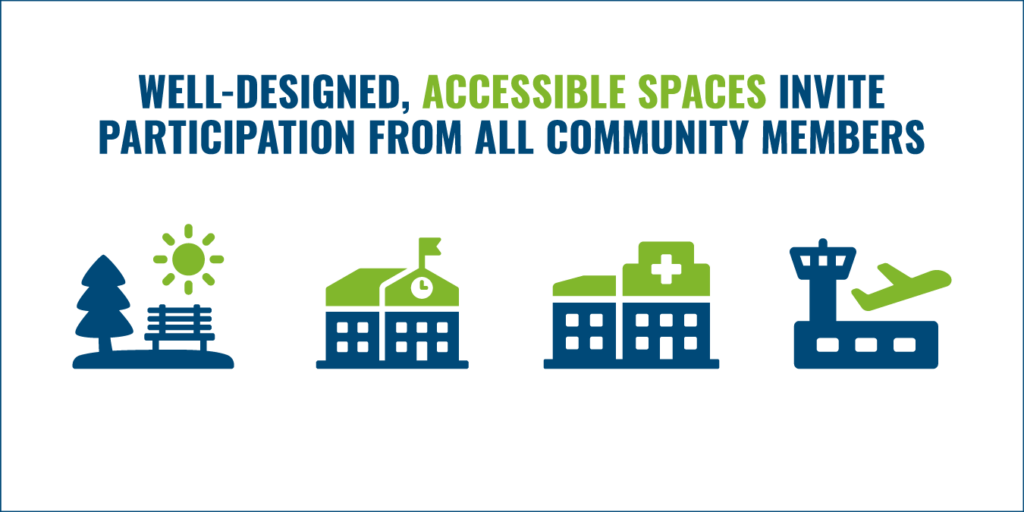
One of the most significant advantages of inclusive design is its universality. By integrating thoughtful accessibility solutions, it crafts more comfortable and safer spaces for all users. For instance, a ramp designed for wheelchair users is also helpful for a traveler with a heavy suitcase.
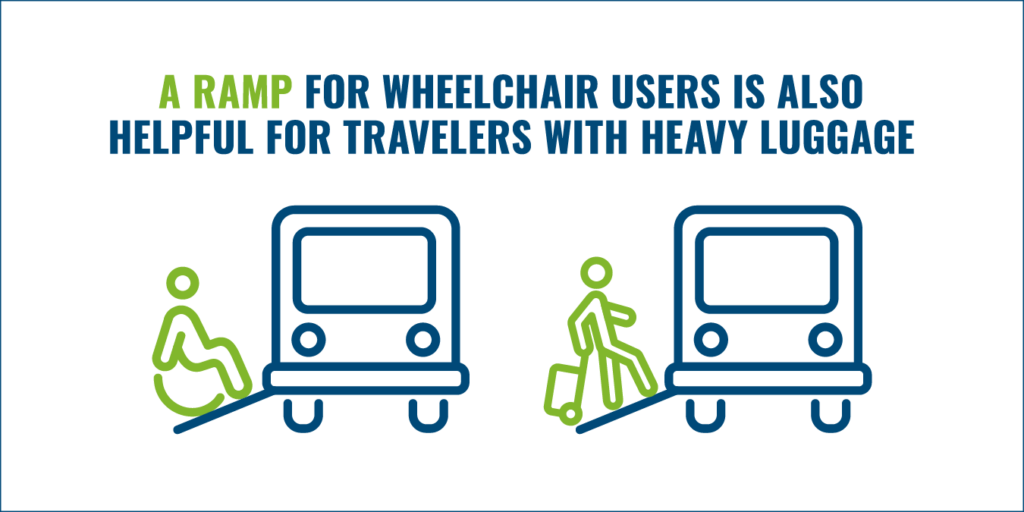
Well-lit pathways in a park will aid people with visual impairments and also enhance safety for everyone during the evening. Clear and simple signage in public buildings assists individuals with cognitive disabilities and supports visitors unfamiliar with the language or layout.
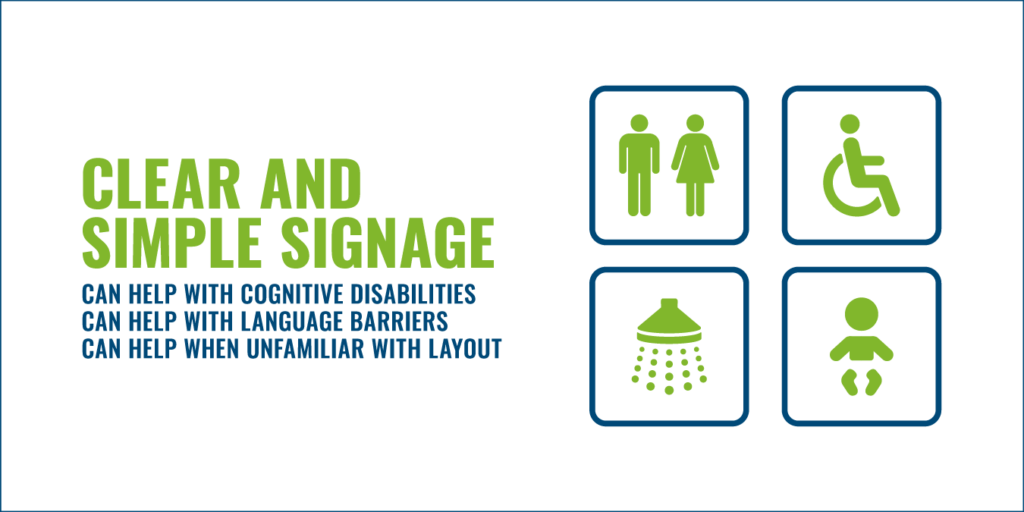
Even the availability of mobility scooters and wheelchairs on-site allows visitors to comfortably navigate larger areas, enhancing the overall experience for everyone.
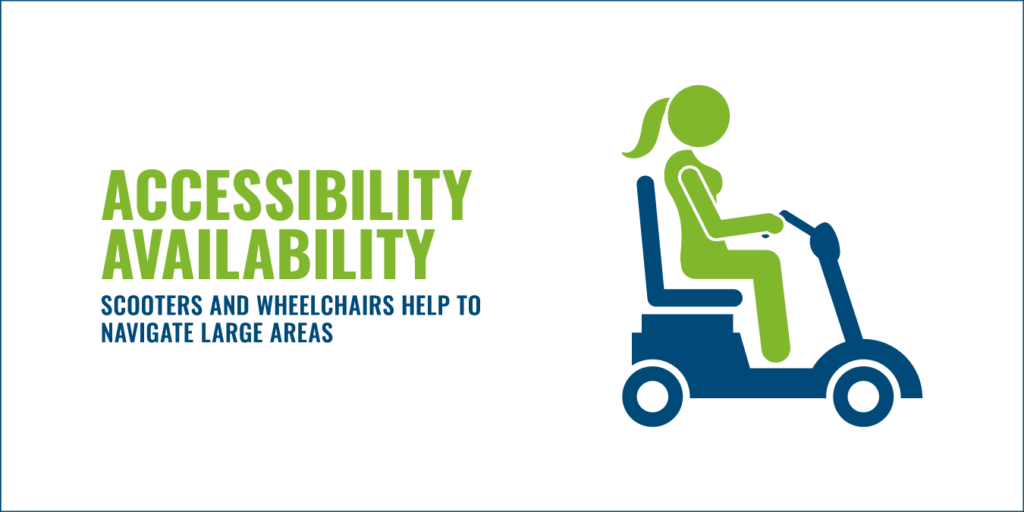
Inclusive design also fosters belonging and community. When people feel welcome and accommodated in a space, they are more likely to use it, return to it, and recommend it to others. This increased usage brings more vibrant and active public spaces, which in turn strengthens community ties and engagement.
Creating Spaces for Everyone to Thrive
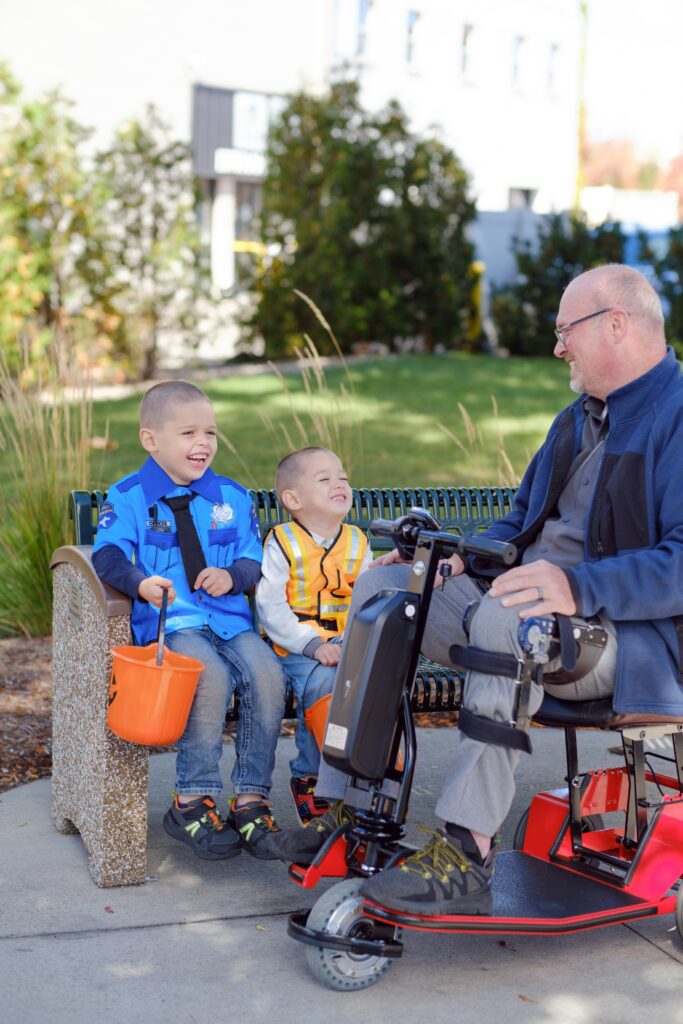
Building inclusive public spaces is a comprehensive approach to design that considers the diverse needs of all individuals, ensuring that public spaces like parks, museums, business buildings, retail storefronts, and restaurants are not only accessible but also enjoyable for everyone.
Adding these elements to public design improves the experience for everyone. Whether it’s a parent pushing a stroller, a teenager recovering from a sports injury, or an elderly person enjoying a walk, these features prove beneficial. Designing public spaces with everyone in mind allows us to create environments that serve the entire community effectively. Below is a snapshot of standards and recommended inclusive design principles for various public spaces.
Inclusive Design in Parks
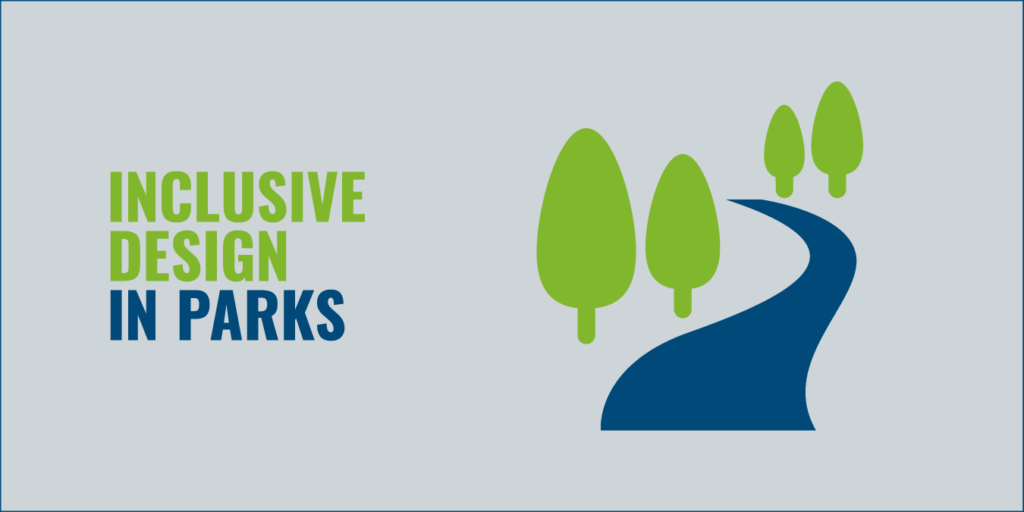
- Accessible Pathways and Ramps: Crucial for easy navigation, especially for those using mobility aids. The AODA requires recreational trails and beach access routes to be accessible.
- Sensory Elements: Enhance the experience for individuals with sensory processing disorders or visual impairments.
- Universal Design Principles: Advocate for environments usable by all, including seating accommodating various body sizes and abilities.
- Mobility Products: Portable ramps and on-site mobility aids like scooters or wheelchairs, as recommended by both ADA and AODA, help visitors explore larger areas without fatigue.
Inclusive Design in Museums and Restaurants

- Accessible Entrances and Pathways: Include ramps, elevators, and wide corridors as per ADA and AODA guidelines.
- Multi-Sensory Experiences: Offer audio descriptions and tactile models, aligning with ADA’s and AODA’s focus on multi-sensory accessibility.
- Lighting and Contrast: Ensure visibility for all visitors, a key aspect of both ADA and AODA compliance.
Inclusive Design in Business Buildings

- Accessible Entrances and Layouts: Follow ADA’s minimum aisle width of 36 inches and AODA’s requirements for accessible routes.
- Inclusive Restroom Facilities: Equip restrooms with ADA-compliant features like grab bars and wider stalls, also reflected in AODA standards.
- Effective Signage and Wayfinding: Use large, clear signage with high contrast, incorporating Braille and tactile signs as per both ADA and AODA.
- Sensory Considerations: Implement noise reduction strategies and comfortable lighting, important under both ADA and AODA.
Inclusive Design in Sports Arenas

- Seating Options: Provide varied seating arrangements, as required by ADA and AODA, to accommodate wheelchairs and ensure unobstructed views.
- Accessible Concessions: Ensure concession stands are reachable and usable by all guests, aligning with ADA and AODA standards.
- Assistive Listening Devices: Offer devices for guests with hearing impairments, a requirement under both ADA and AODA.
Universal Design Principles
Universal Design Principles are fundamental guidelines that aim to create environments accessible and usable by all people, regardless of their age, size, ability, or disability. These principles are crucial to shaping more inclusive public spaces. Here’s a breakdown of these principles and their impact:
- Equitable Use: This principle ensures that the design is useful and marketable to people with diverse abilities. For instance, a ramp alongside stairs in a public building serves both wheelchair users and those who prefer or require a gradual incline, ensuring equitable use.
- Flexibility in Use: Design should accommodate a wide range of individual preferences and abilities. An example is the installation of adjustable lighting in a museum, allowing visitors with varying visual needs to adjust the brightness as needed.
- Simple and Intuitive Use: The design should be easy to understand, regardless of the user’s experience, knowledge, language skills, or current concentration level. Public spaces with straightforward, intuitive navigation systems exemplify this principle.
- Perceptible Information: The design should communicate necessary information effectively to the user, regardless of ambient conditions or sensory abilities. Audible pedestrian signals at crosswalks are a practical application, providing necessary information through sound for those who cannot rely on visual cues.
- Tolerance for Error: This principle minimizes hazards and adverse consequences of accidental or unintended actions. For example, slip-resistant surfaces and grab bars in public restrooms reduce falls risk.
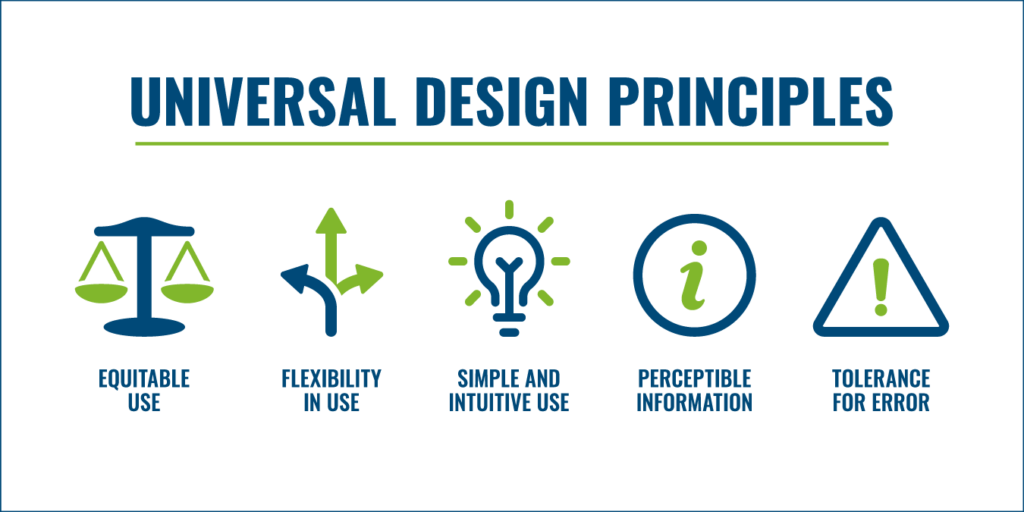
By adhering to these universal design principles, public spaces become more than just physically accessible; they become spaces where inclusivity is woven into the very fabric of their design. This approach both benefits individuals with disabilities and also creates a more comfortable, safe, and welcoming environment for everyone in the community.
Challenges and Solutions in Inclusive Design
Implementing inclusive design in public spaces can be a complex undertaking, facing various challenges. However, with strategic approaches and collaborative efforts, these challenges can be overcome. Here are some common issues encountered and solutions that can be applied:
- Understanding Diverse Needs:
- Challenge: Recognizing and addressing the wide range of disabilities and how they impact accessibility.
- Solution: Engaging with experts and advocacy groups helps gain a comprehensive understanding of diverse needs, ensuring designs are truly inclusive.
- Balancing Aesthetics and Functionality:
- Challenge: Integrating accessibility features without compromising aesthetic appeal.
- Solution: Collaborating with designers who specialize in blending functionality with style can ensure accessibility solutions enhance the overall design.
- Budget Constraints:
- Challenge: Allocating sufficient funds for inclusive design is a common issue for small businesses or public entities with limited budgets.
- Solution: Exploring cost-effective solutions and identifying potential funding sources or grants can alleviate financial pressures.
- Staying Updated with Regulations:
- Challenge: Keeping up with evolving accessibility laws and standards.
- Solution: Regularly updating knowledge of the latest regulations ensures designs meet current legal requirements and are forward-thinking.
- Training and Awareness:
- Challenge: Ensuring staff and stakeholders understand the importance of inclusive design and how to maintain it.
- Solution: Provide training and resources to educate about inclusive design benefits and its effective utilization and maintenance.
- Customization for Specific Needs:
- Challenge: Creating designs that cater to specific needs without resorting to one-size-fits-all solutions.
- Solution: Engaging directly with end-users to tailor designs that address specific requirements can lead to more effective outcomes.
Next Day Access helps play a pivotal role in addressing these challenges. With expertise in accessibility solutions, our team partners with organizations to offer valuable insights and assistance in creating public spaces that are inclusive and welcoming to all. This collaborative approach not only ensures compliance with legal standards but also fosters a more inclusive community, benefiting everyone who uses these spaces.
The Economic and Social Benefits of Inclusive Design

Inclusive design not only fosters a more accessible environment but also brings significant economic and social benefits to businesses and communities. Understanding these advantages highlights why inclusive design is a smart investment.
- Economic Advantages for Businesses:
- Increased Customer Base: By making spaces accessible, businesses can attract a wider range of customers, including those with disabilities and the elderly, effectively expanding their market.
- Enhanced Brand Image: Companies that prioritize inclusivity often see an improvement in brand perception, leading to increased customer loyalty and a positive reputation.
- Reduced Legal Risks: Implementing inclusive design can help businesses avoid costly legal challenges related to accessibility laws non-compliance.
- Economic Benefits for Communities:
- Boost in Local Economy: Accessible public spaces and businesses encourage more people to participate in local activities, leading to increased spending in the community.
- Job Creation: The process of redesigning spaces for accessibility can create new jobs in the design, construction, and maintenance sectors.
- Social Benefits:
- Increased Engagement: Inclusive design removes barriers to participation, allowing more people to engage in social, cultural, and recreational activities.
- Improved Quality of Life: When people can access and enjoy public spaces and services without hindrance, it enhances their overall quality of life.
- Fostering Diversity and Inclusion: Inclusive spaces reflect and support the community’s diversity, promoting a sense of belonging and acceptance.
Community Involvement in Design

Involving the community in the design of public spaces is essential for ensuring they meet all users’ needs. Here are some strategies for effective community engagement:
- Public Consultations and Workshops: These forums are vital for gathering diverse opinions and insights. They provide a platform for community members to directly influence public space design.
- Surveys and Feedback Forms: Collecting data through surveys allows for a broader range of input. Online platforms like SurveyMonkey can facilitate this process, reaching a wider audience.
- Collaboration with Disability Advocacy Groups: Partnering with organizations like the Council for Disability Rights ensures that people with disabilities’ voices are heard and considered in the design process.
- Pilot Projects and Prototypes: Testing design concepts on a small scale allows real-time feedback and adjustments. This approach ensures a well-informed and user-centric approach.
- Digital Engagement Platforms: Utilizing social media and online forums can significantly increase participation, especially from those unable to attend physical meetings.
By actively involving the community, public spaces can become more inclusive and reflective of diverse needs. This collaborative approach fosters community ownership but also leads to more innovative and effective design solutions.
The Role of Technology in Inclusive Design

Technology is reshaping how we make public spaces accessible and inclusive. Innovative solutions create environments that everyone can use and enjoy, no matter their abilities.
Take assistive technologies, for example. Voice-activated systems and augmented reality are making it easier for people with disabilities to get around. Microsoft’s Soundscape app is an excellent example. It uses 3D audio cues to help visually impaired people navigate cities on their own.
Smart design is also key. Things like sensor-based lighting and automated doors add more than convenience. They’re essential for people with physical limitations. These smart features ensure public spaces are open to everyone, improving the experience for all users.
Information accessibility is another area where technology is making a big difference. Digital platforms are vital for sharing information in different ways. More and more, mobile apps provide audio descriptions and sign language. Apps like AccessNow, which maps out accessible locations worldwide, show how technology can spread critical information.
Looking ahead, AI and wearable technologies are set to take inclusive design even further. They promise personalized help and immersive experiences in public spaces. This means these places will be more accessible and engaging for everyone. This shift towards technology-driven inclusivity is paving the way for a future where public spaces are truly for all.
Moving Towards Accessibility Solutions for All

The journey towards creating inclusive public spaces is both a challenge and an opportunity. Inclusive design is a testament to society’s commitment to equality and accessibility. It’s not just about adhering to legal standards; it’s about reshaping our environments to be welcoming and usable for everyone, regardless of their abilities. This approach enriches communities, enhances quality of life for all citizens, and paves the way for a more equitable future.
Next Day Access becomes a key partner for businesses and communities. Specializing in accessibility solutions, Next Day Access contributes to transforming public spaces and businesses to be more inclusive. Our expertise ranges from providing essential mobility solutions to consulting on comprehensive accessibility projects.
Next Day Access teams in both the US and Canada have helped numerous businesses and public entities create environments that are not just compliant with accessibility standards but truly inclusive. From installing ramps and lifts to consulting on large-scale design projects, our work consistently shows how practical solutions can create more accessible and welcoming spaces.
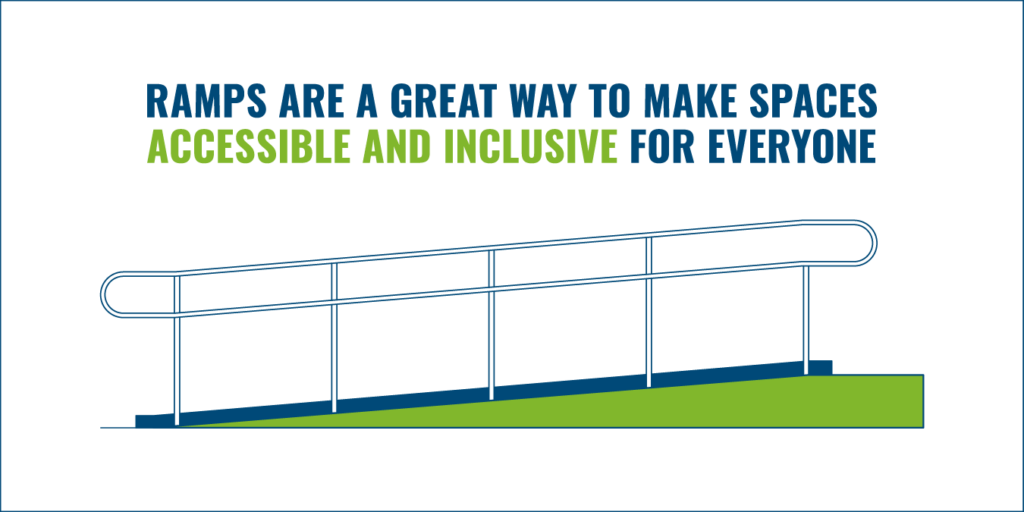
It’s a continuous journey, and one that requires the collaboration, innovation, and dedication of all stakeholders – from designers and businesses to the very communities they serve. With each step forward, we move closer to a world where inclusivity is not just an aspiration but a reality.





